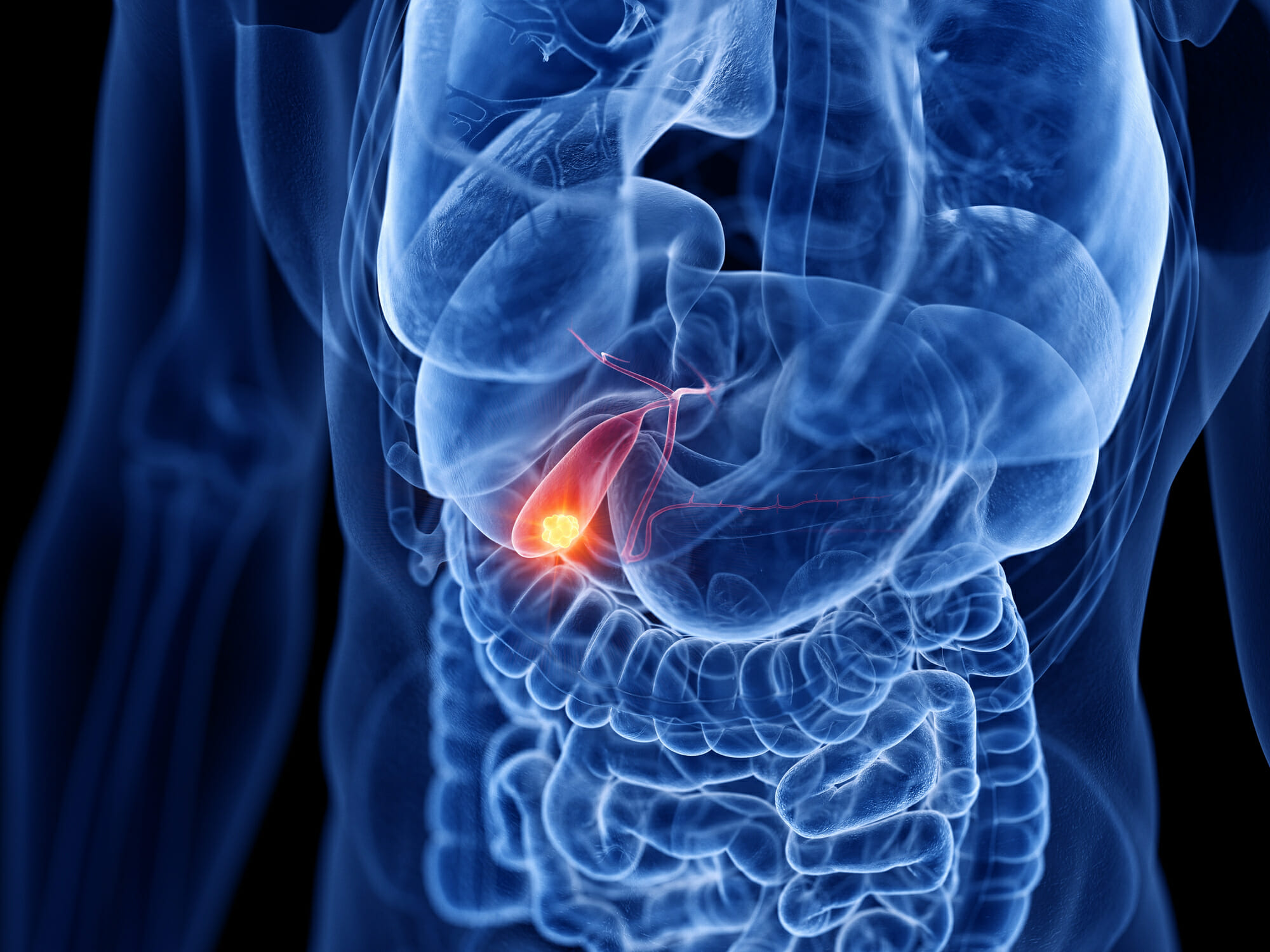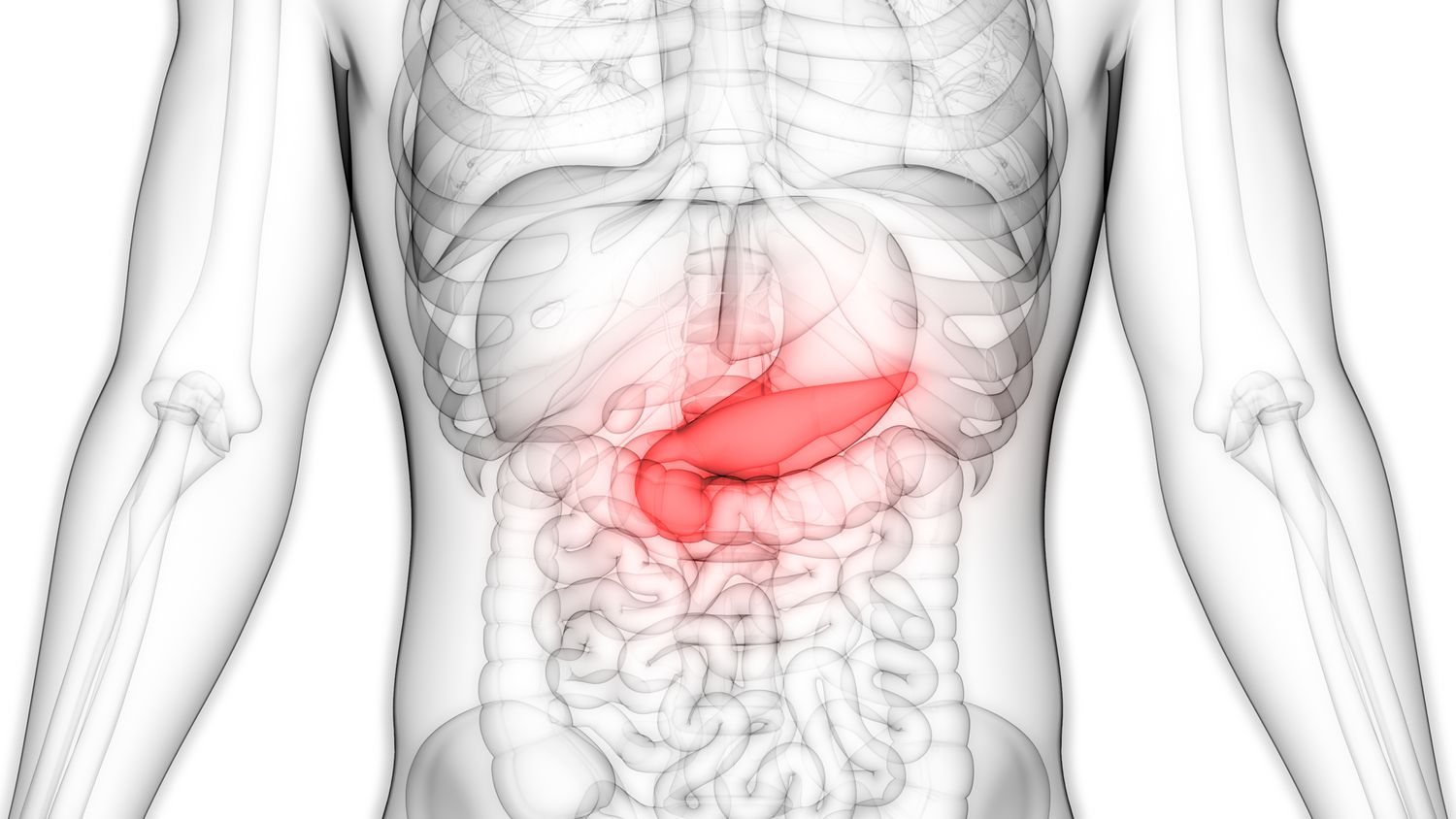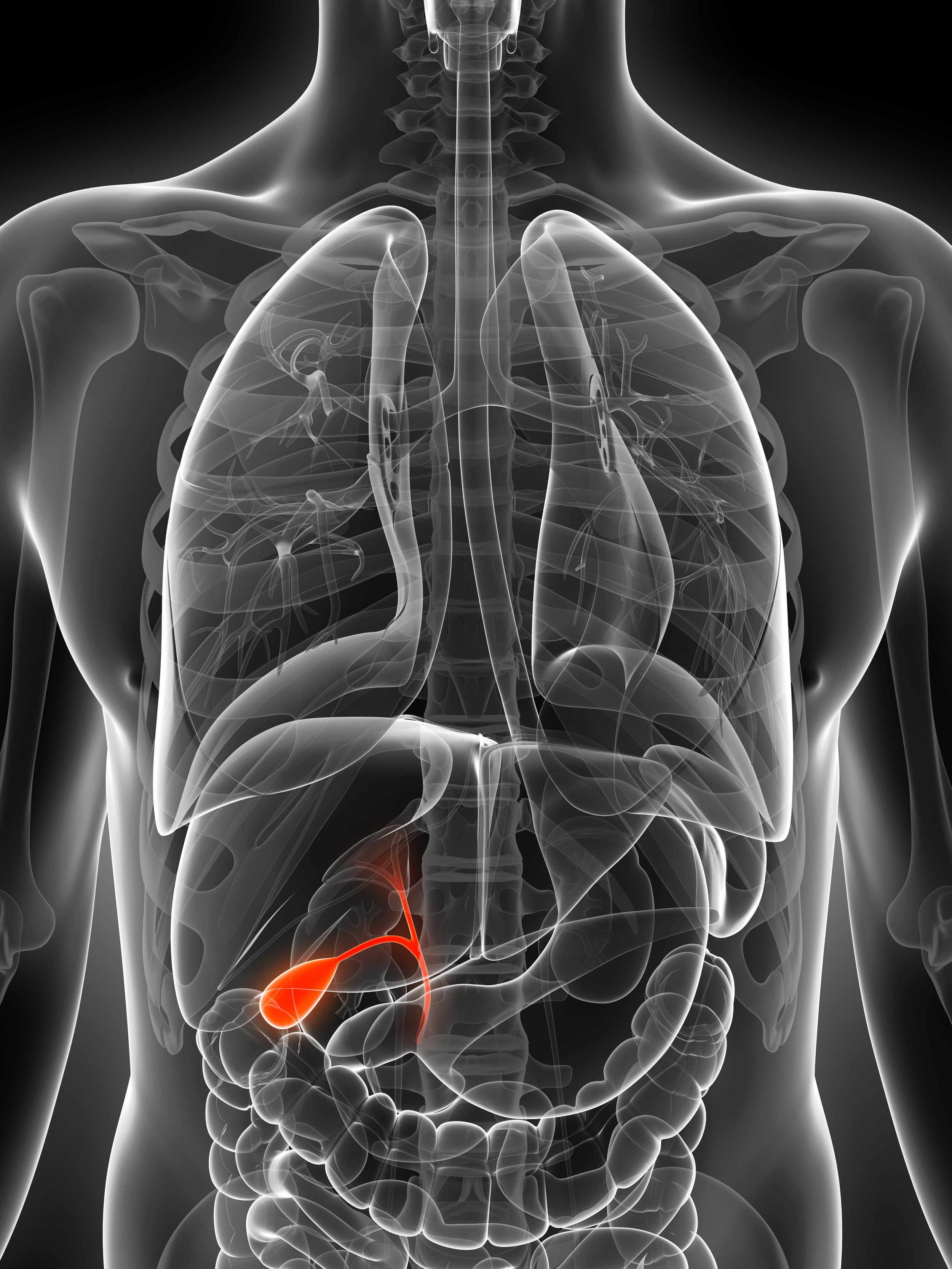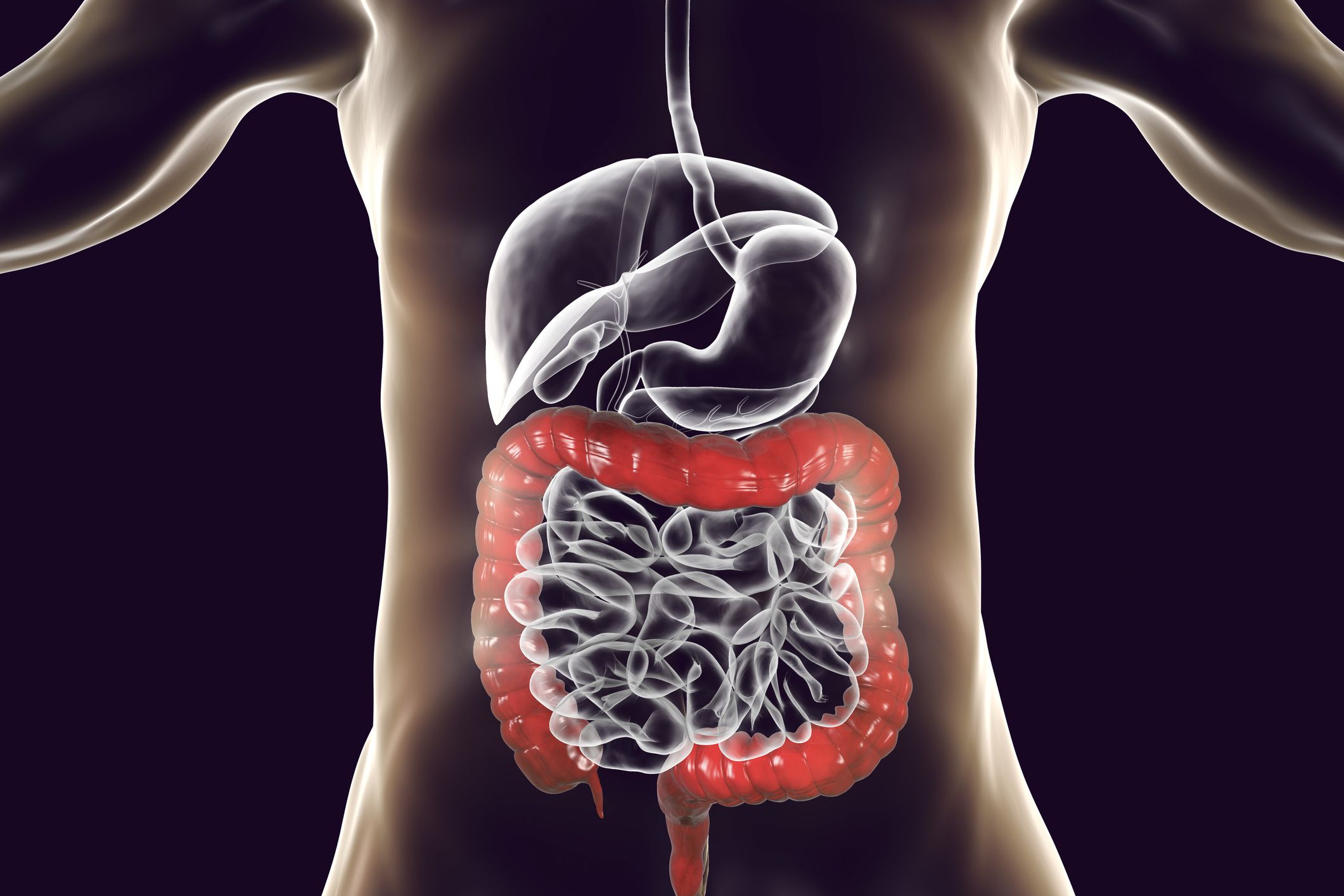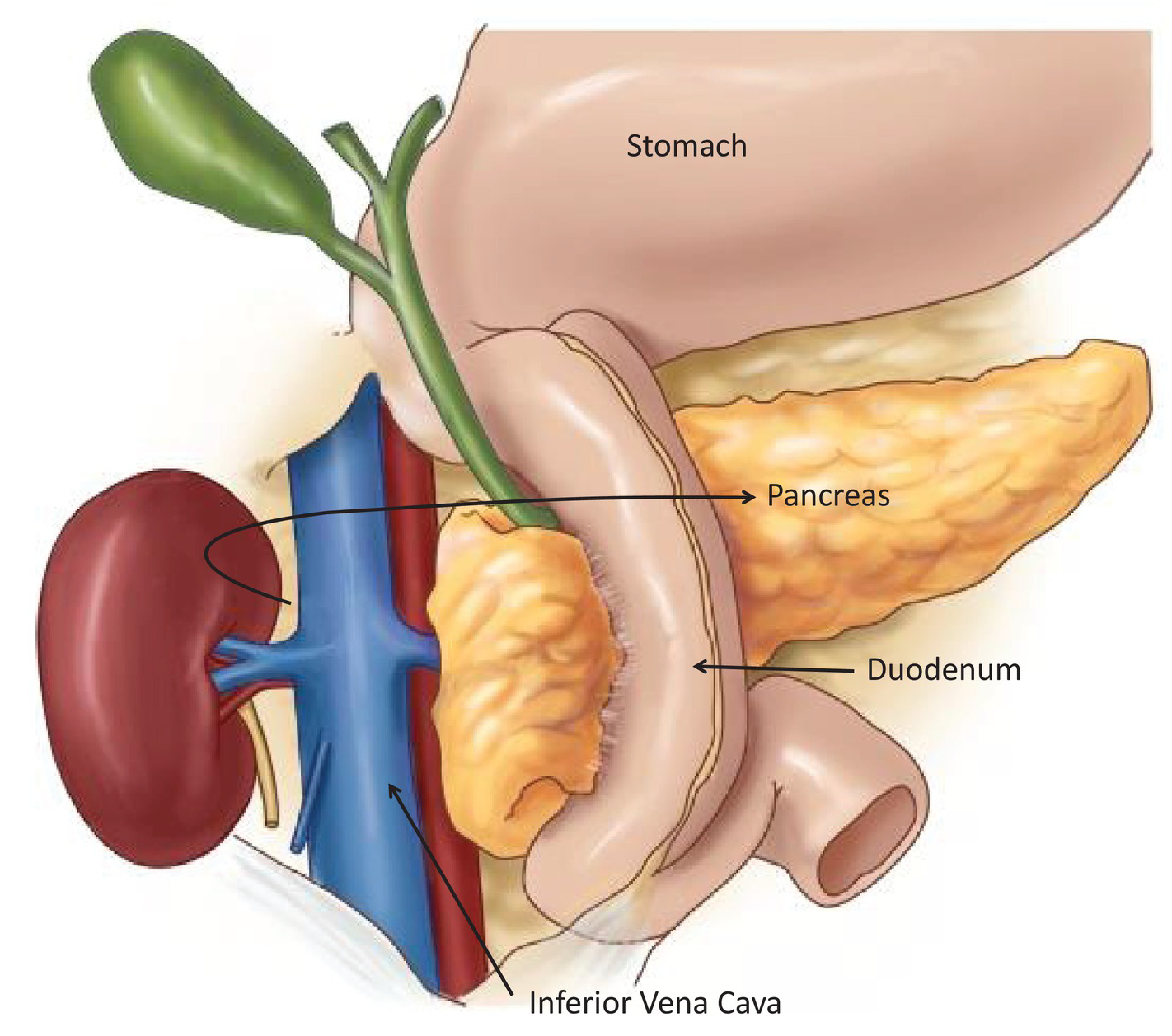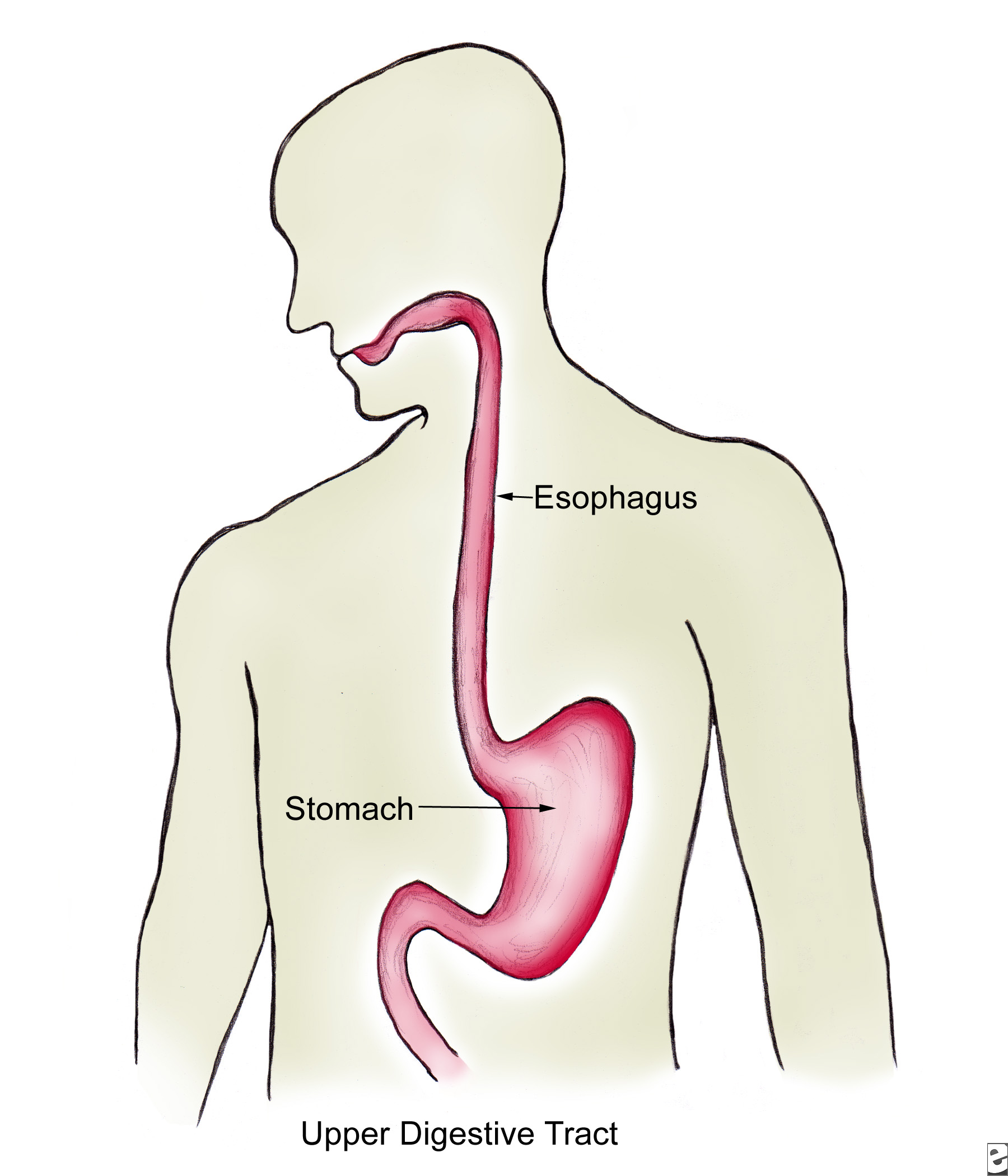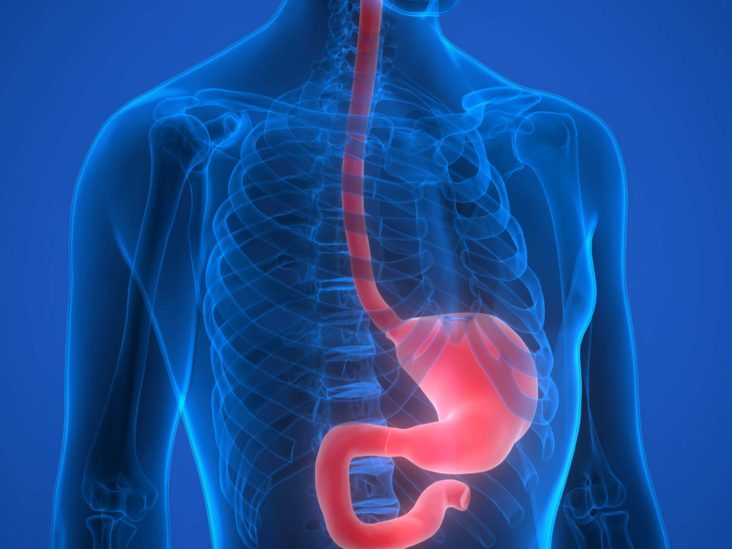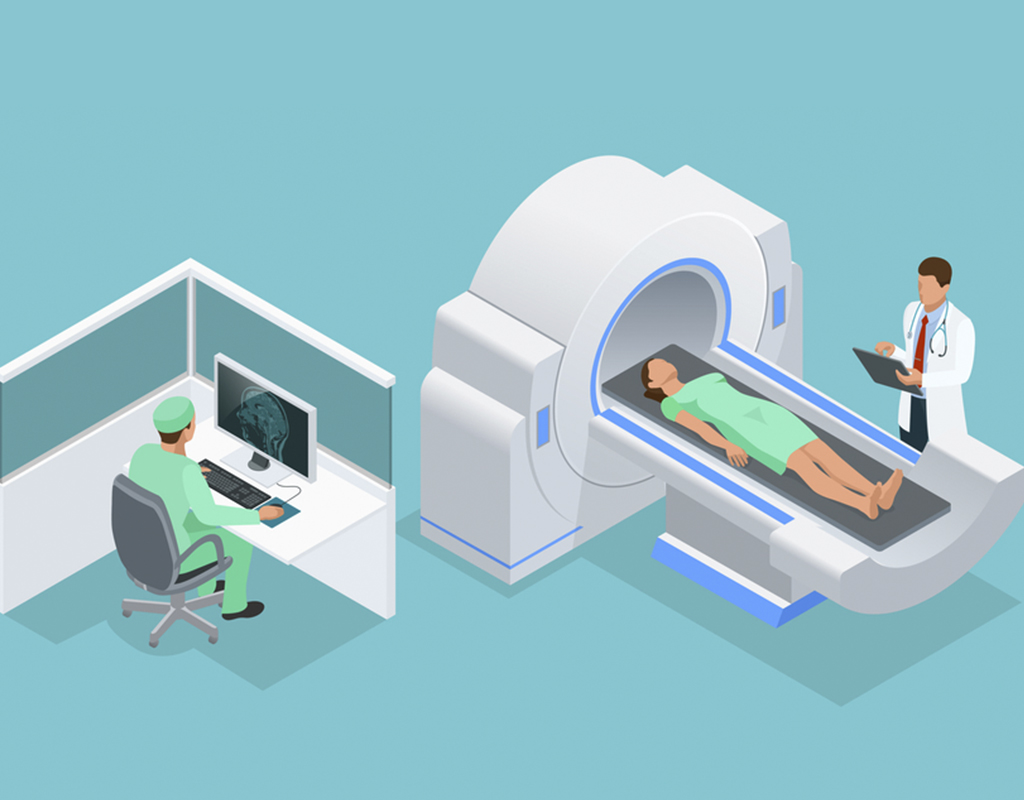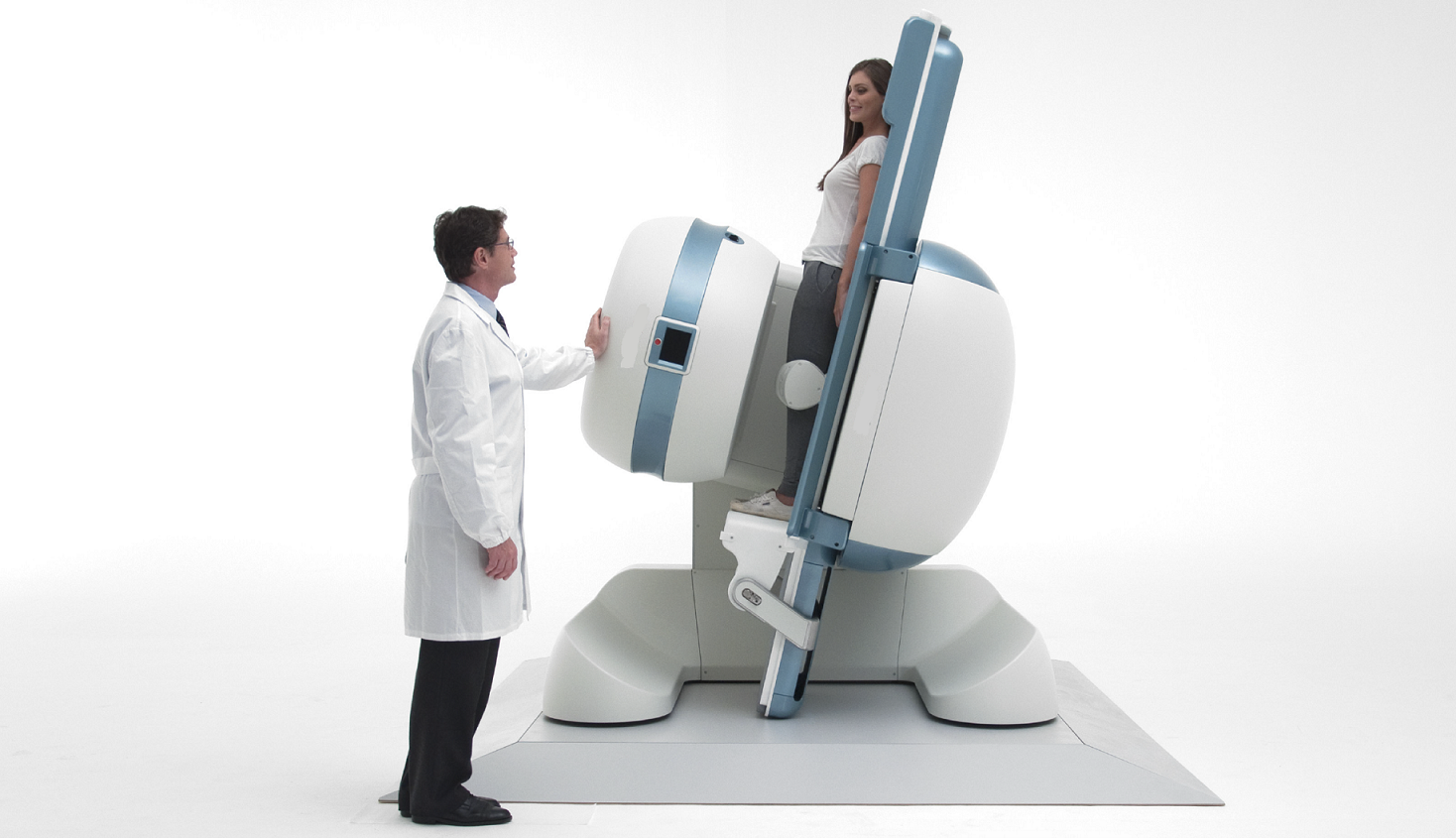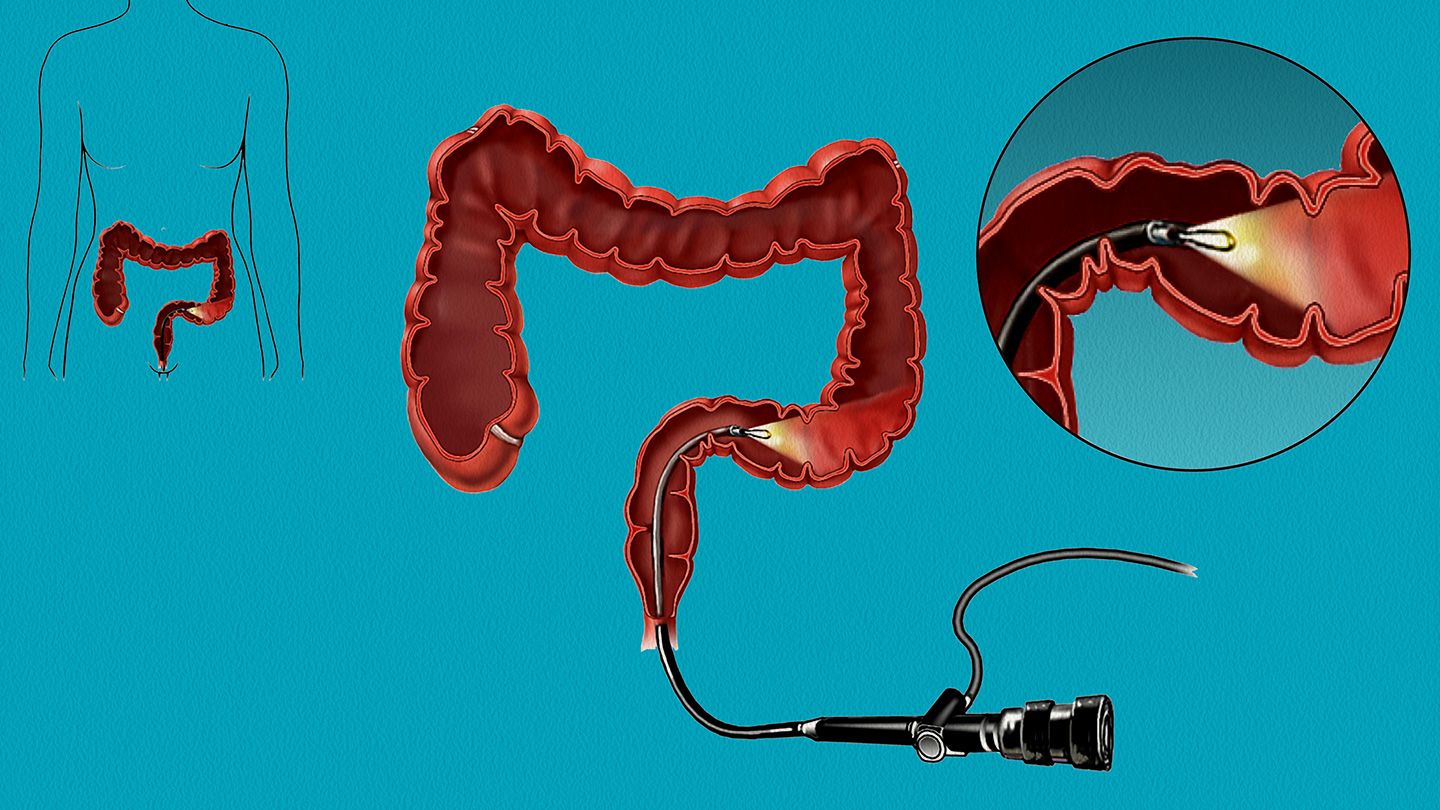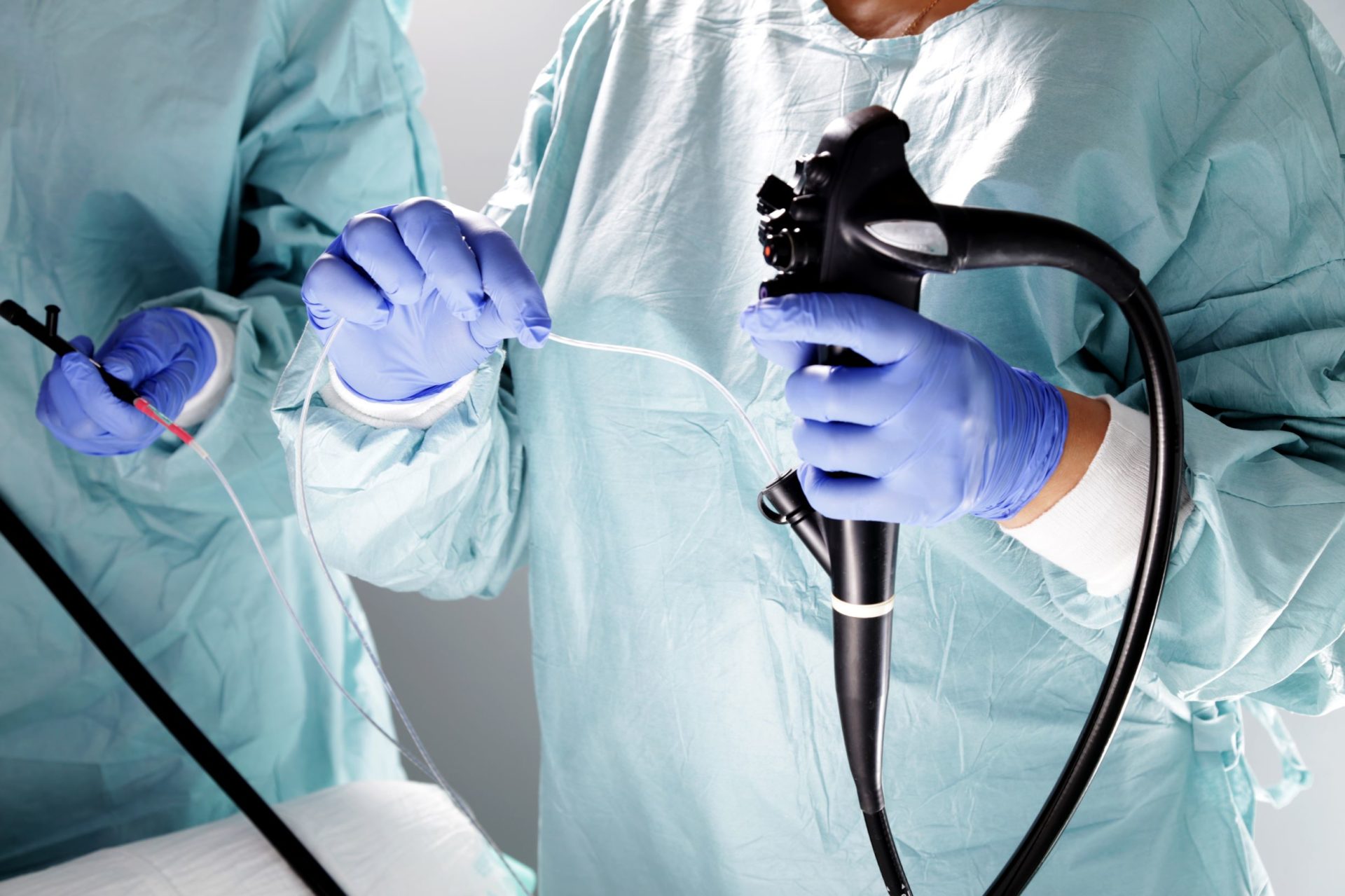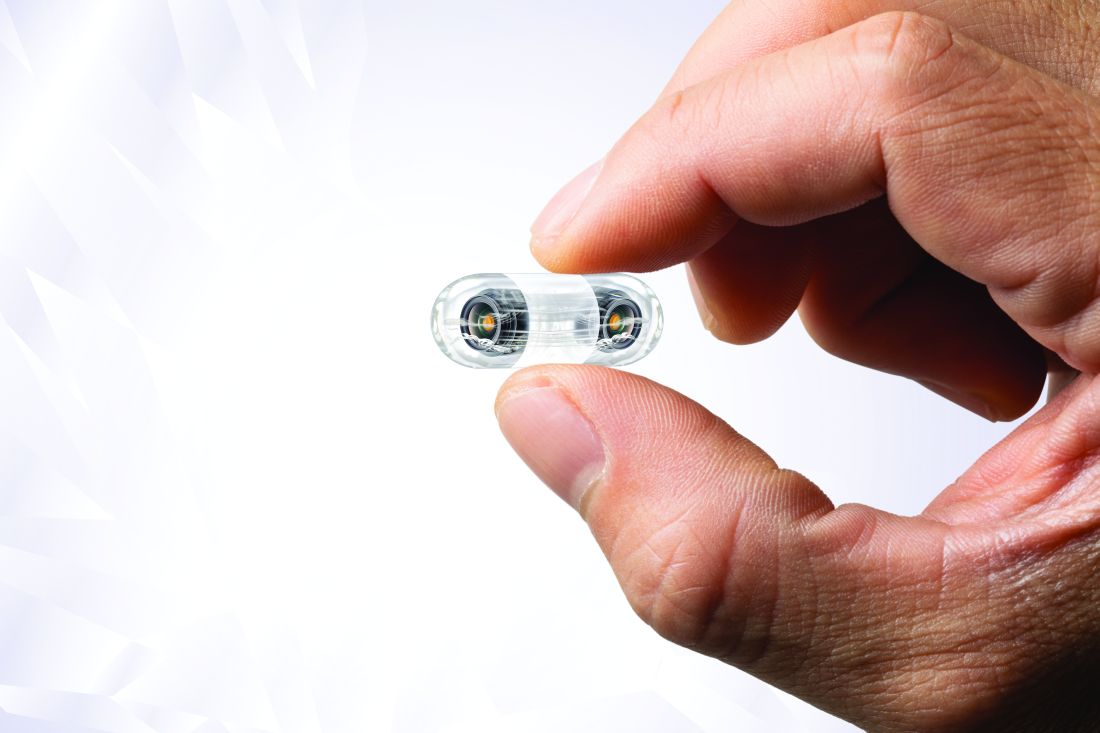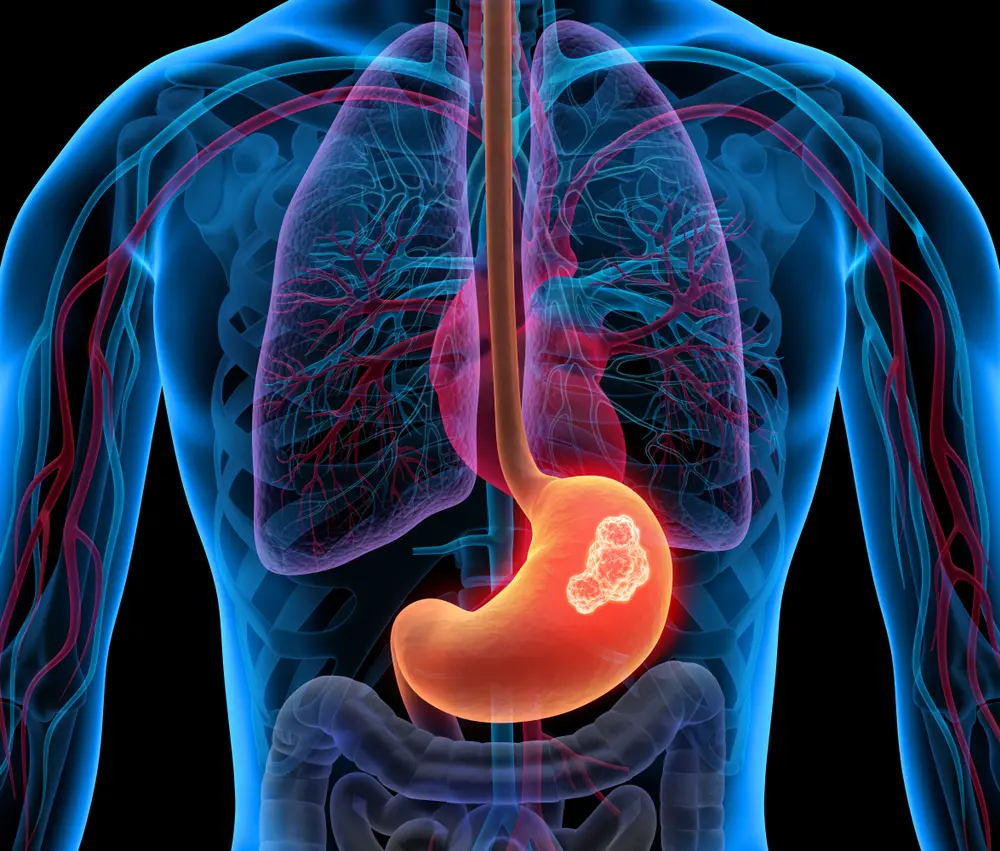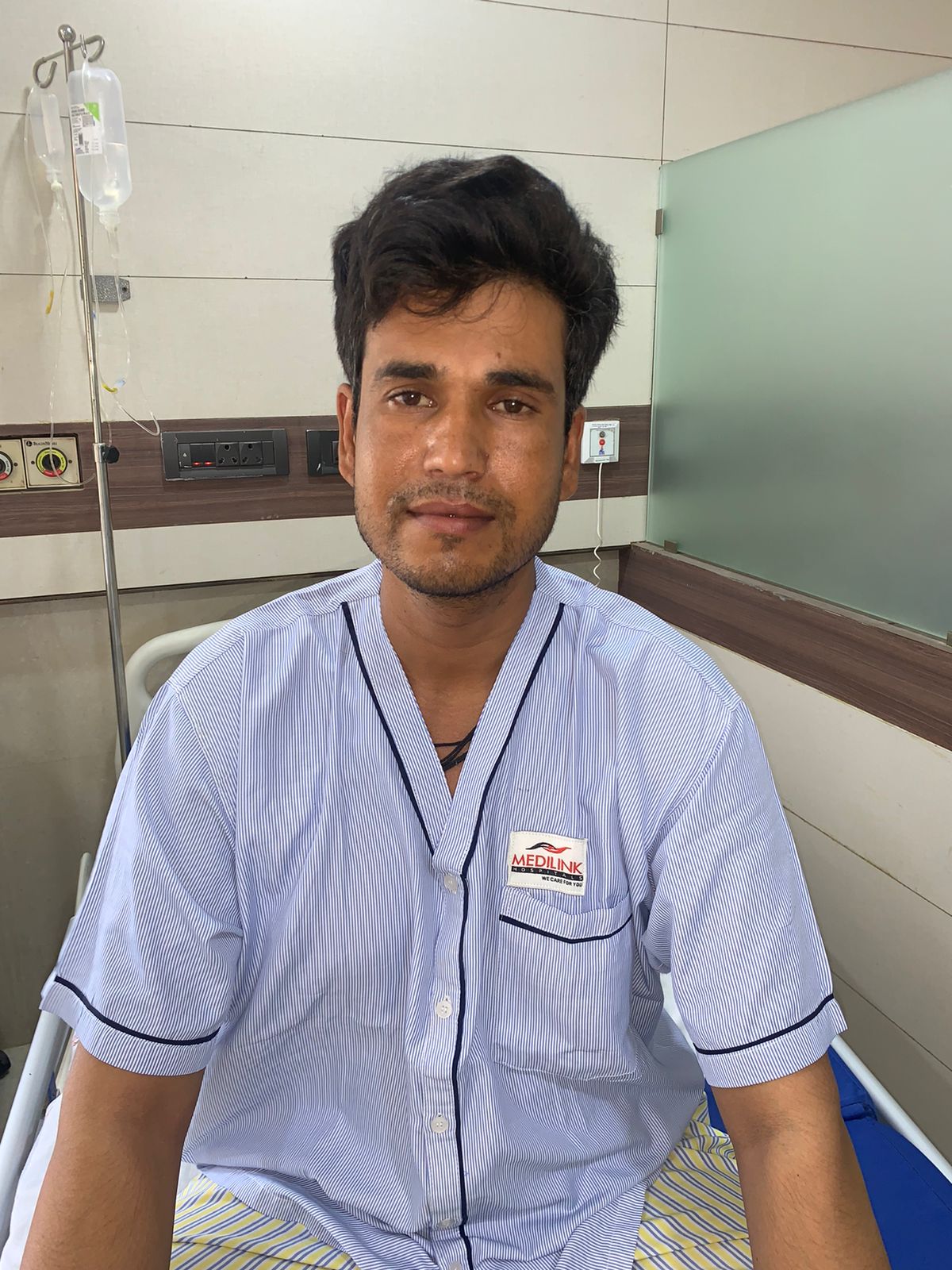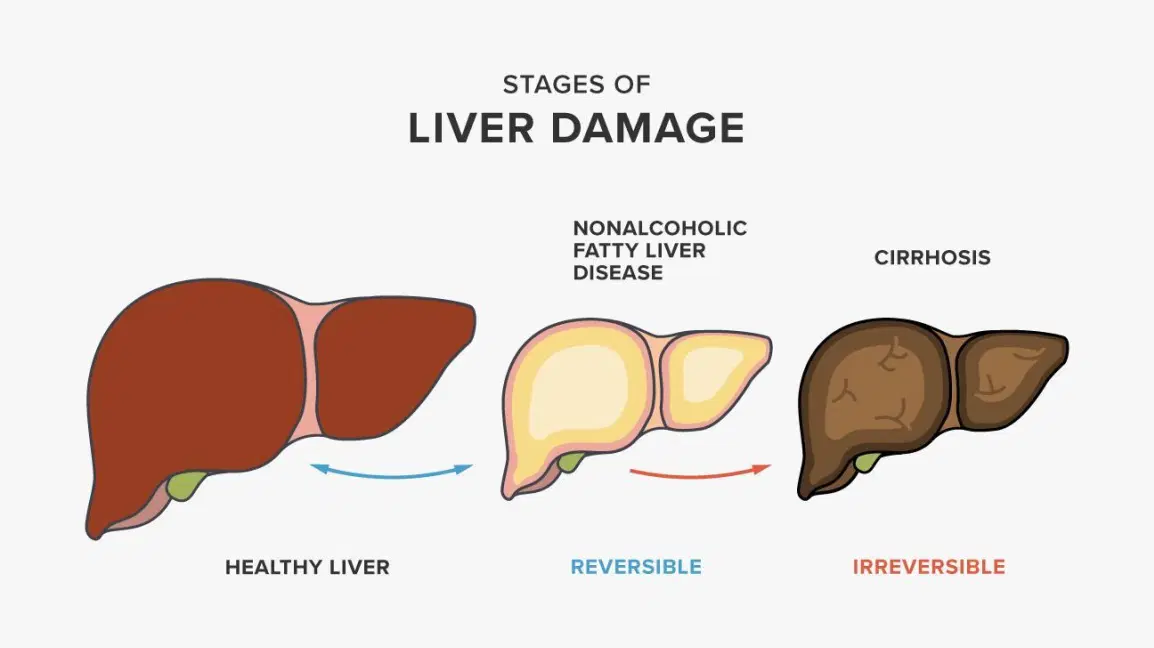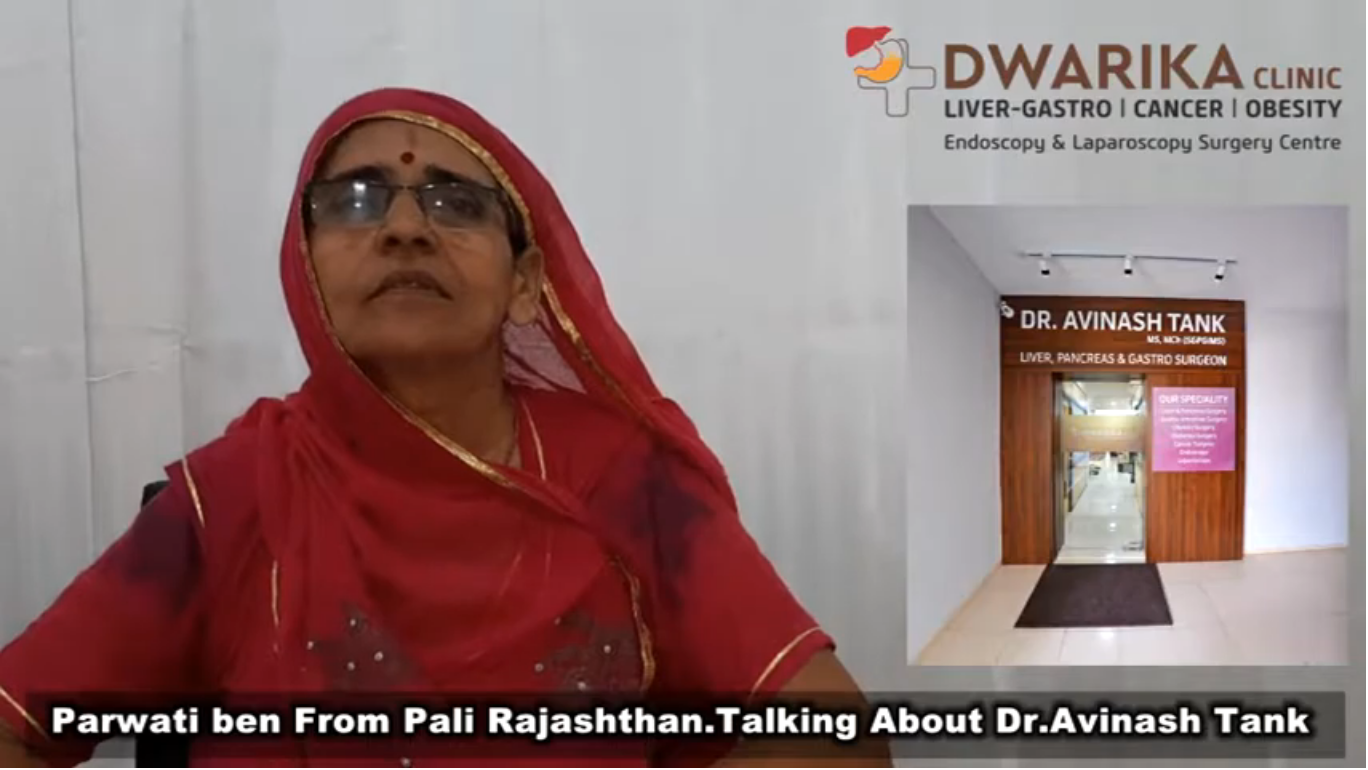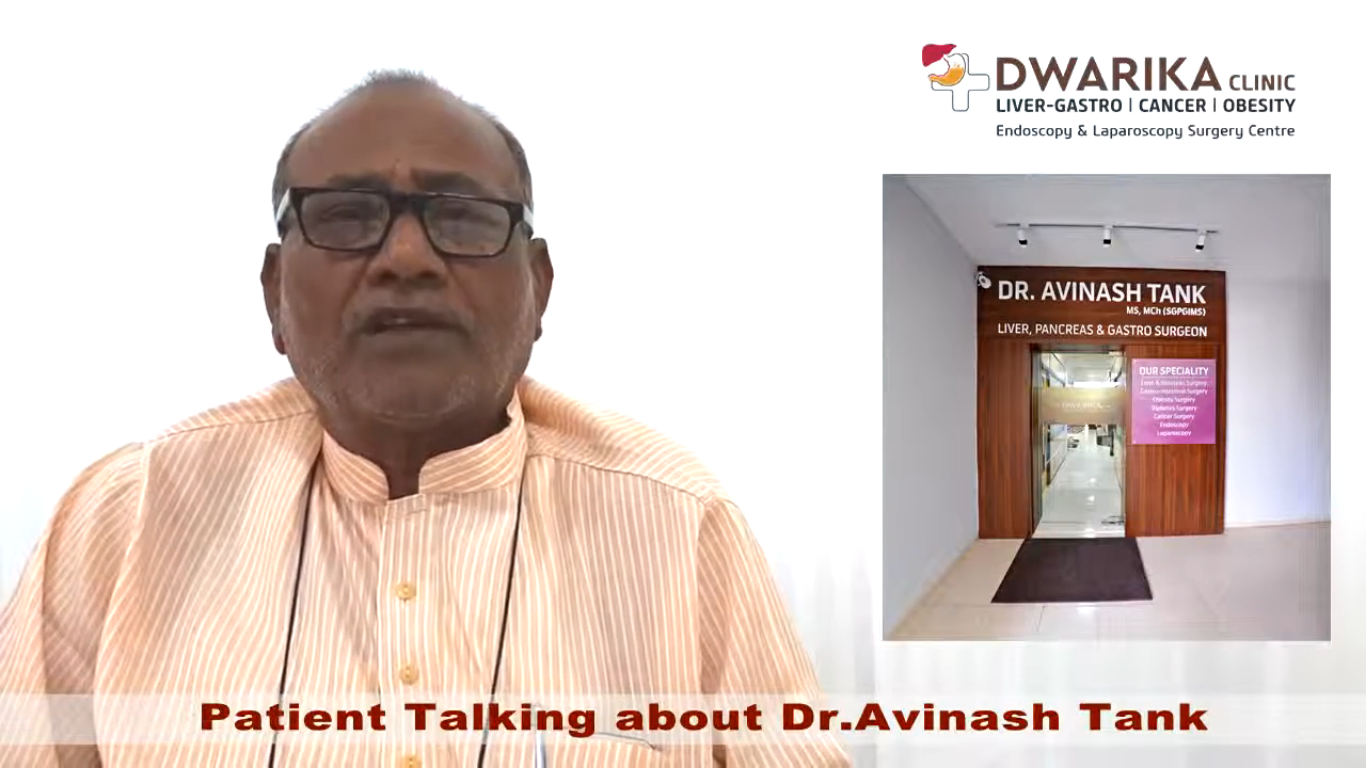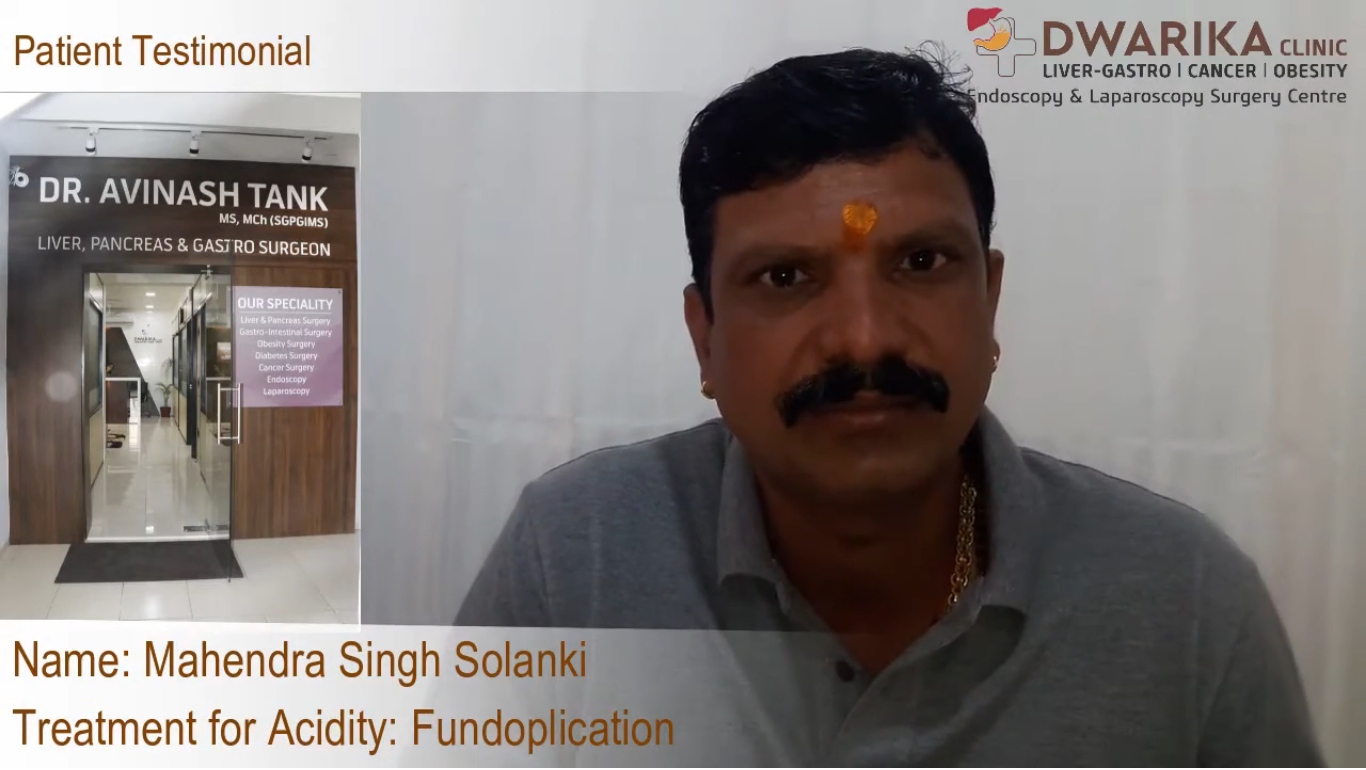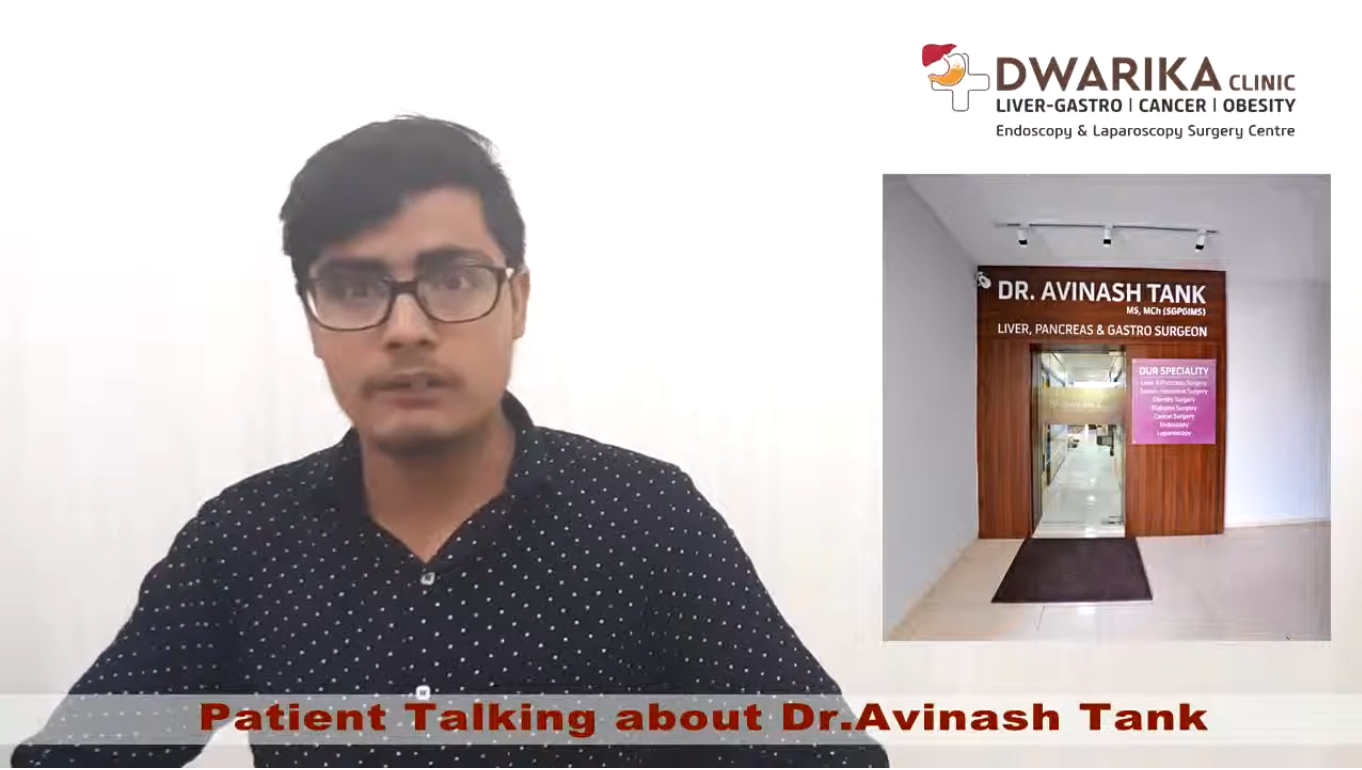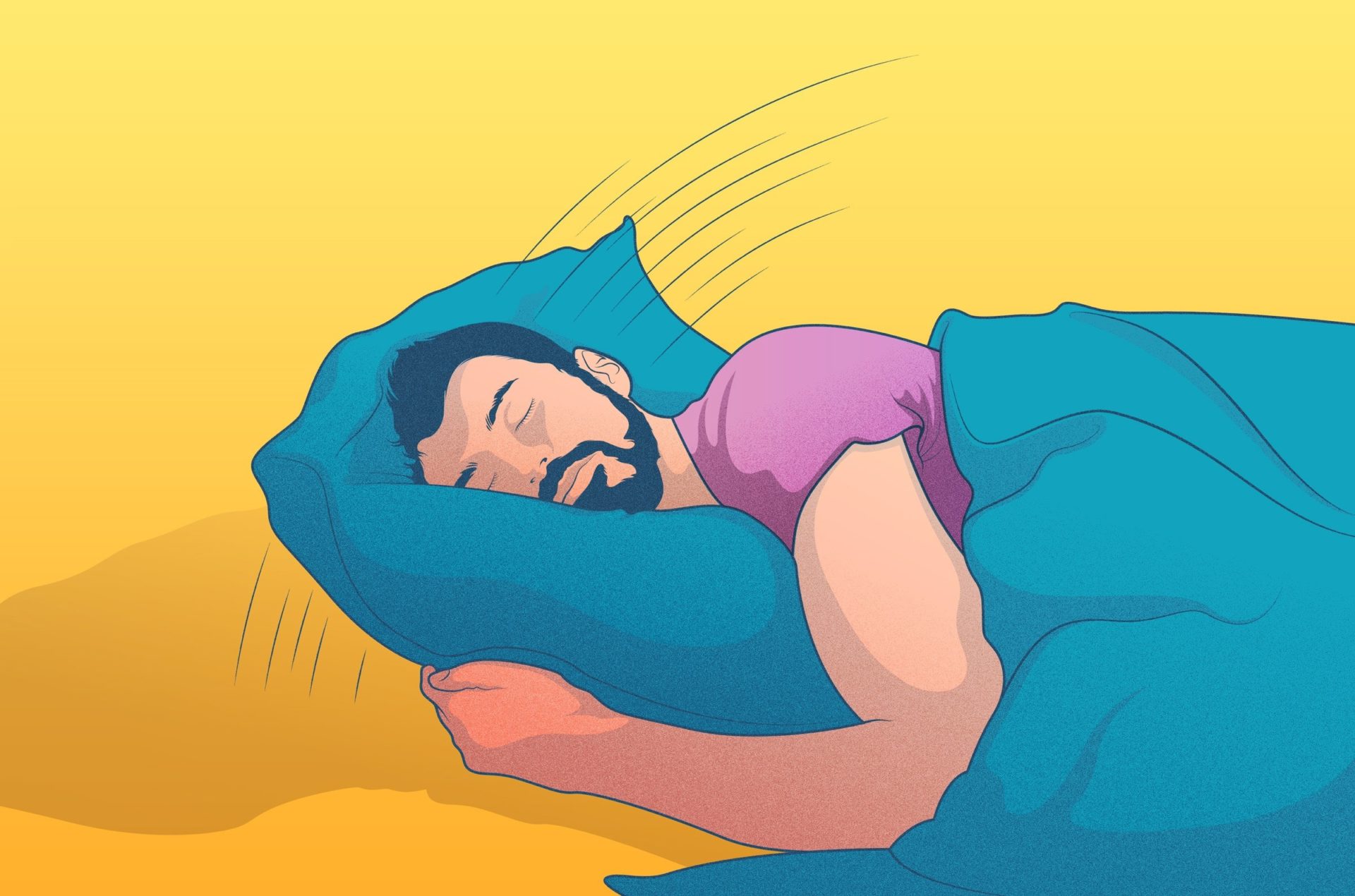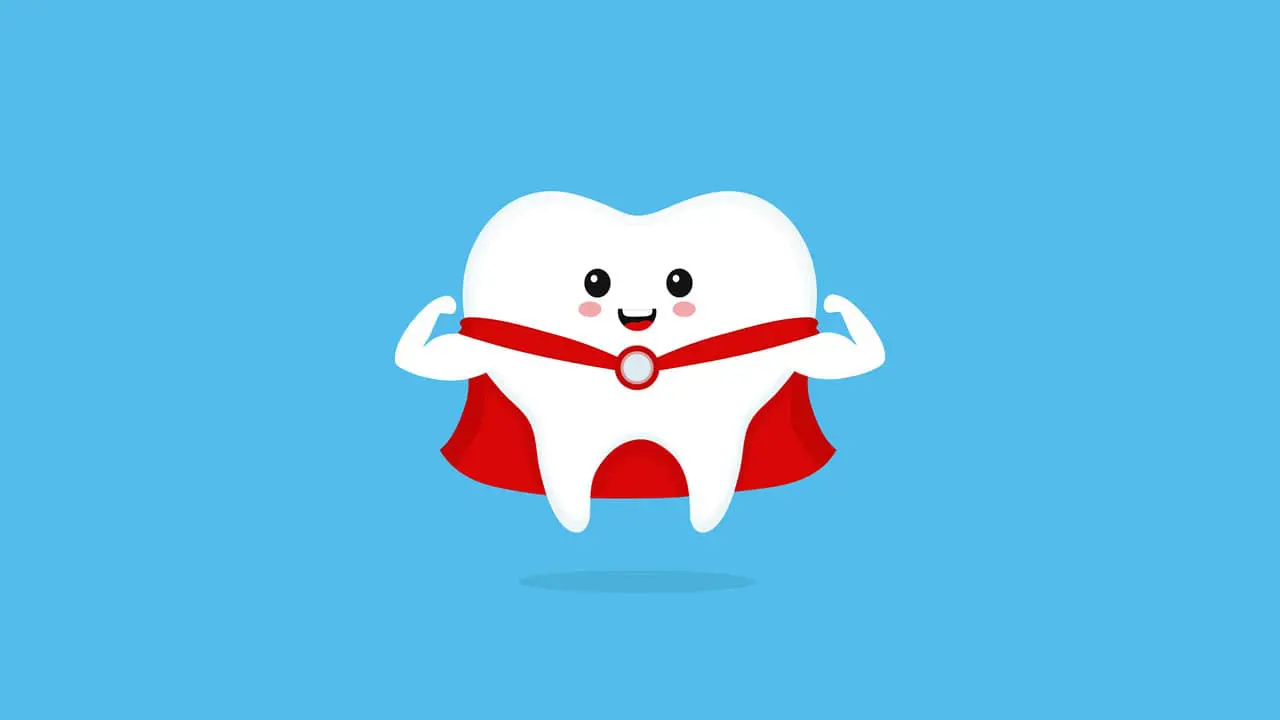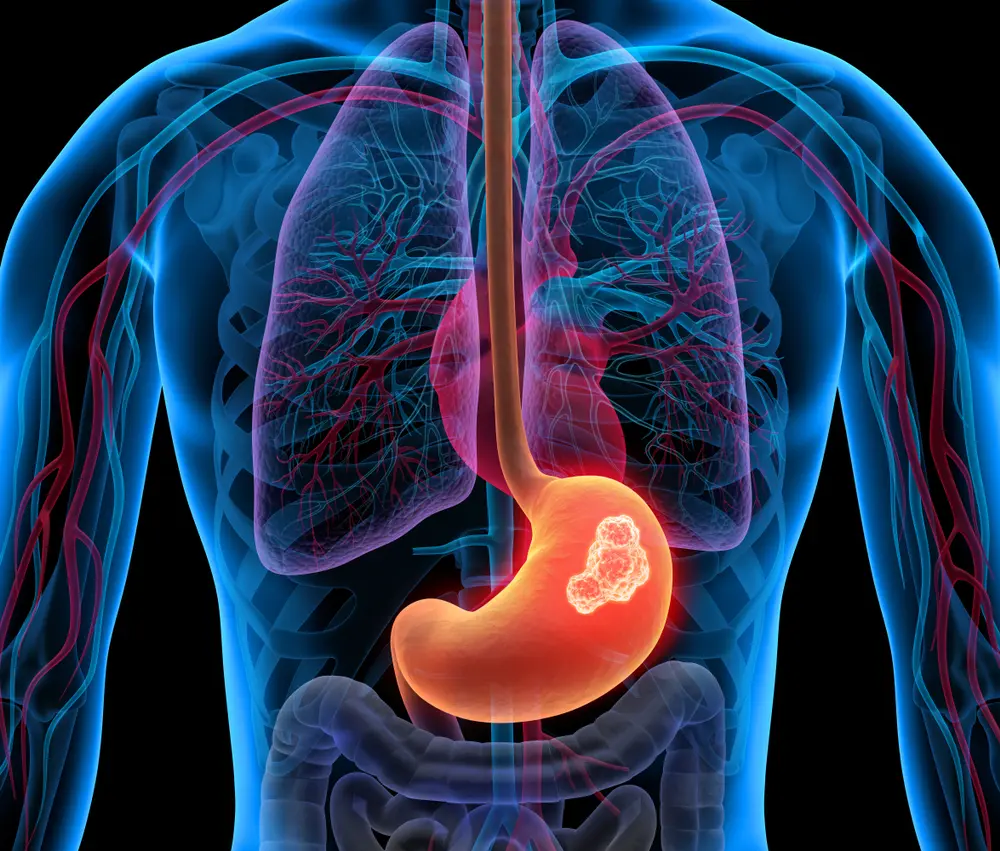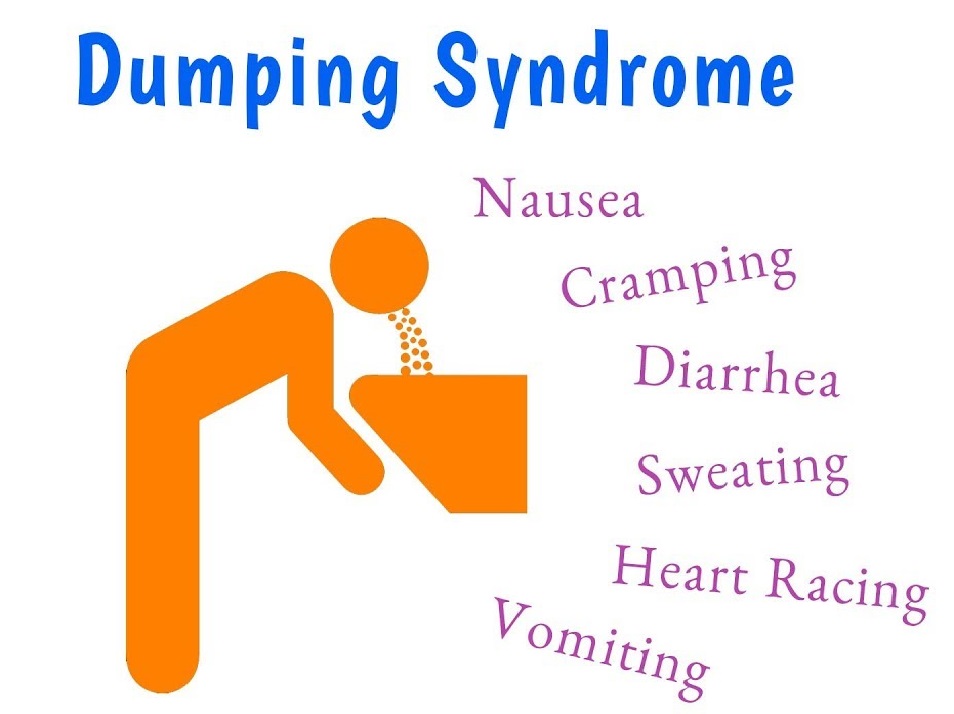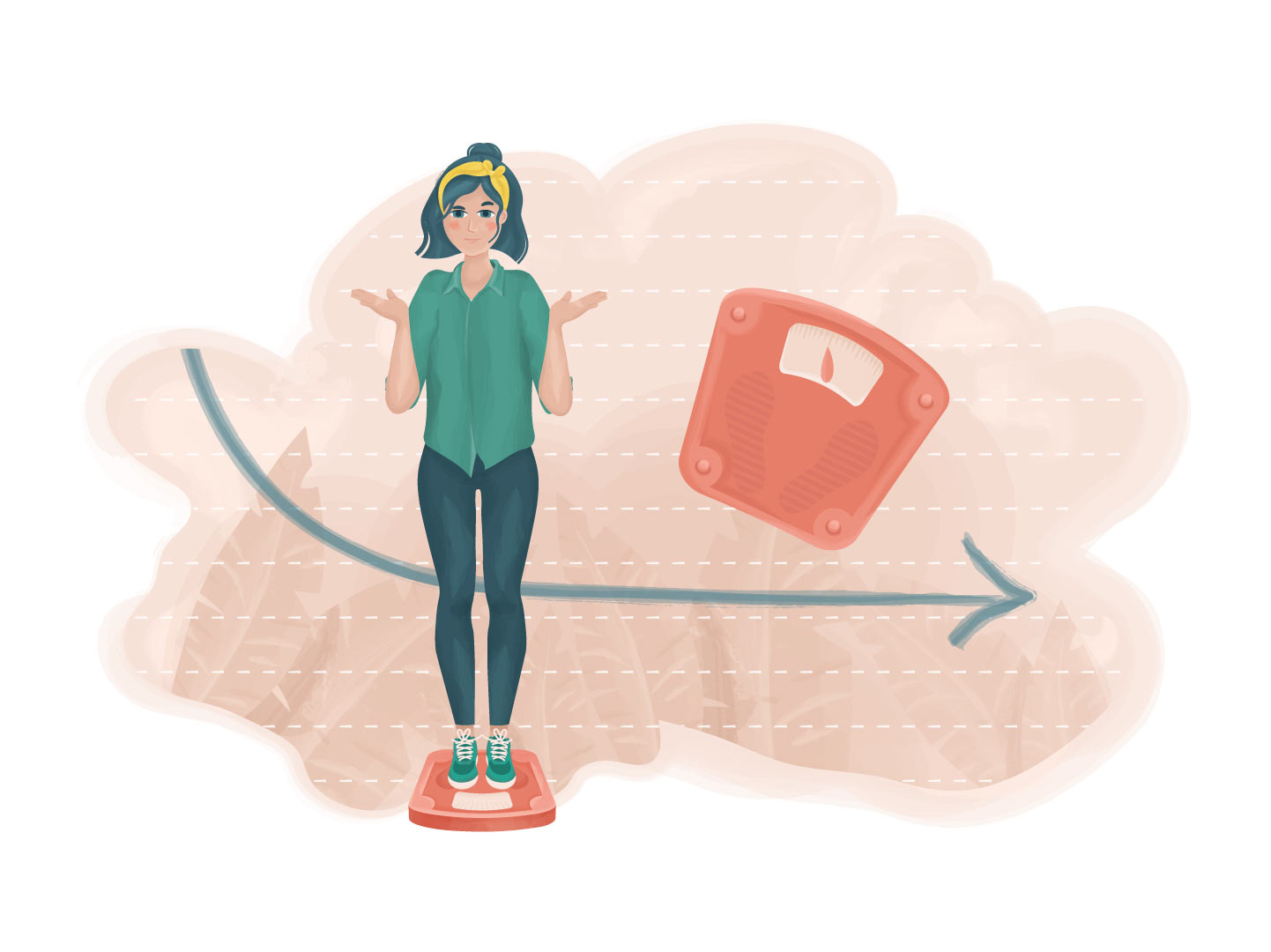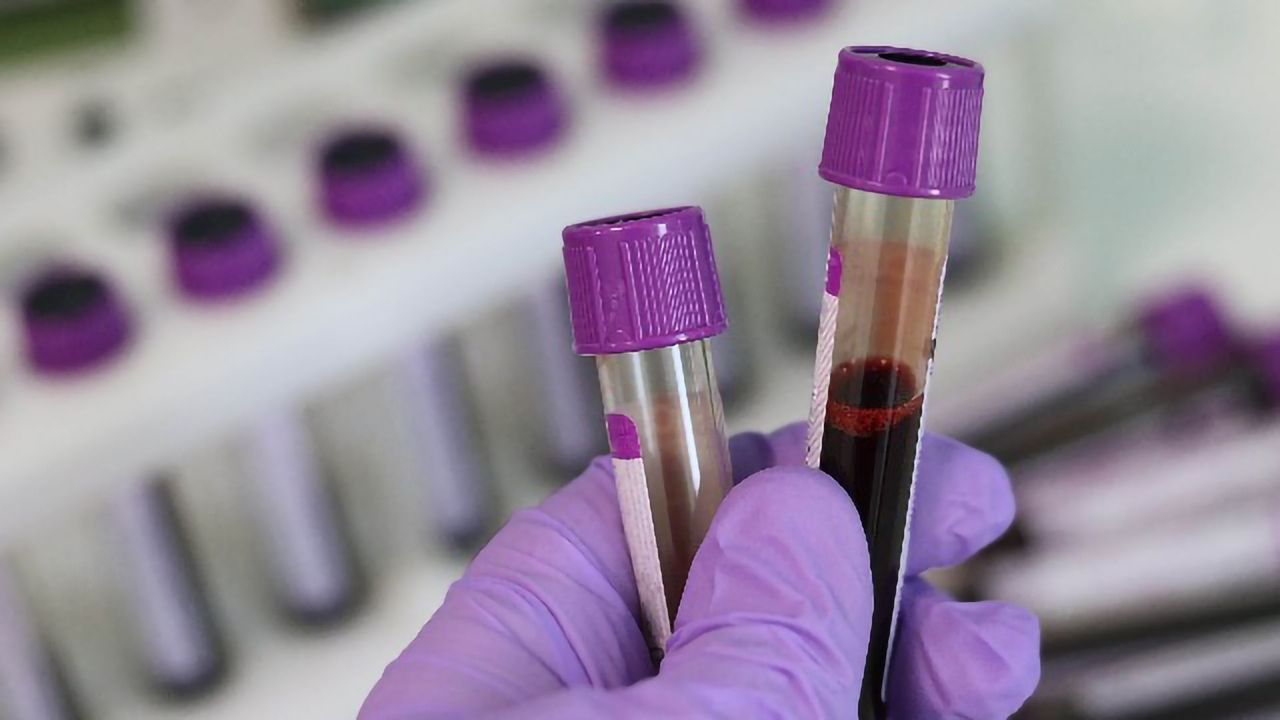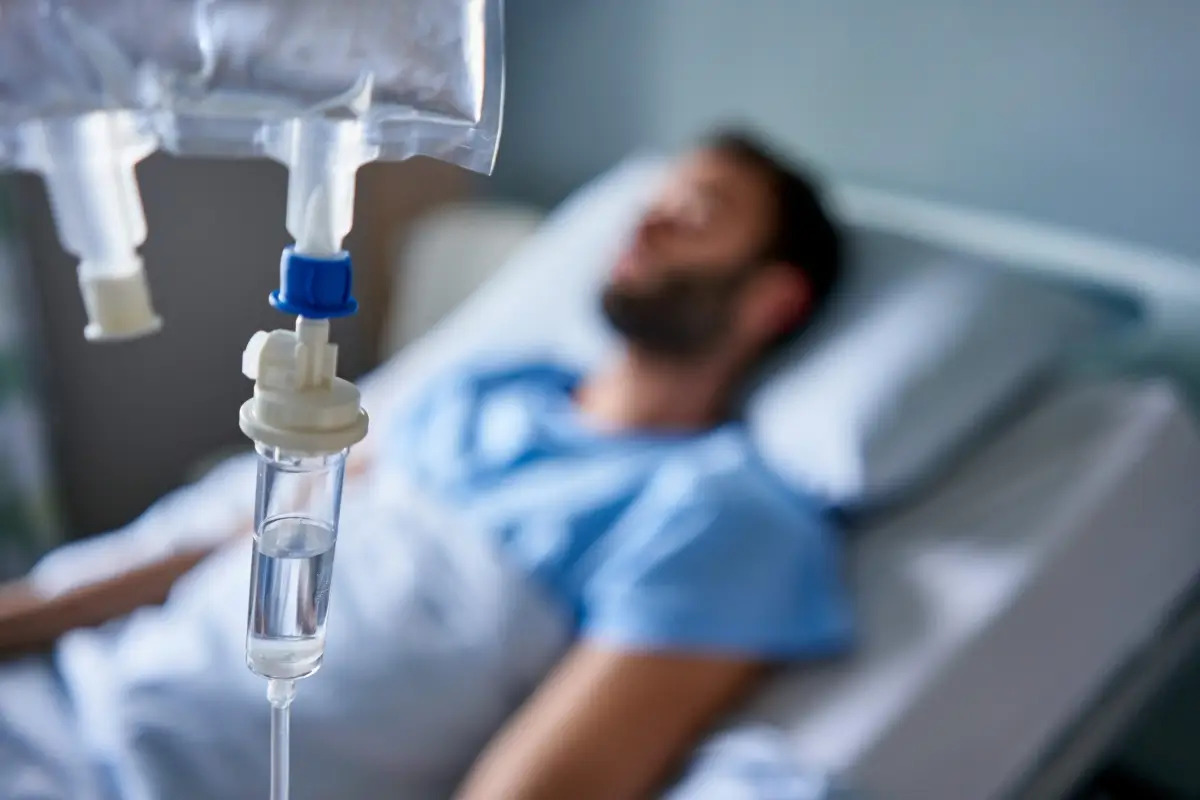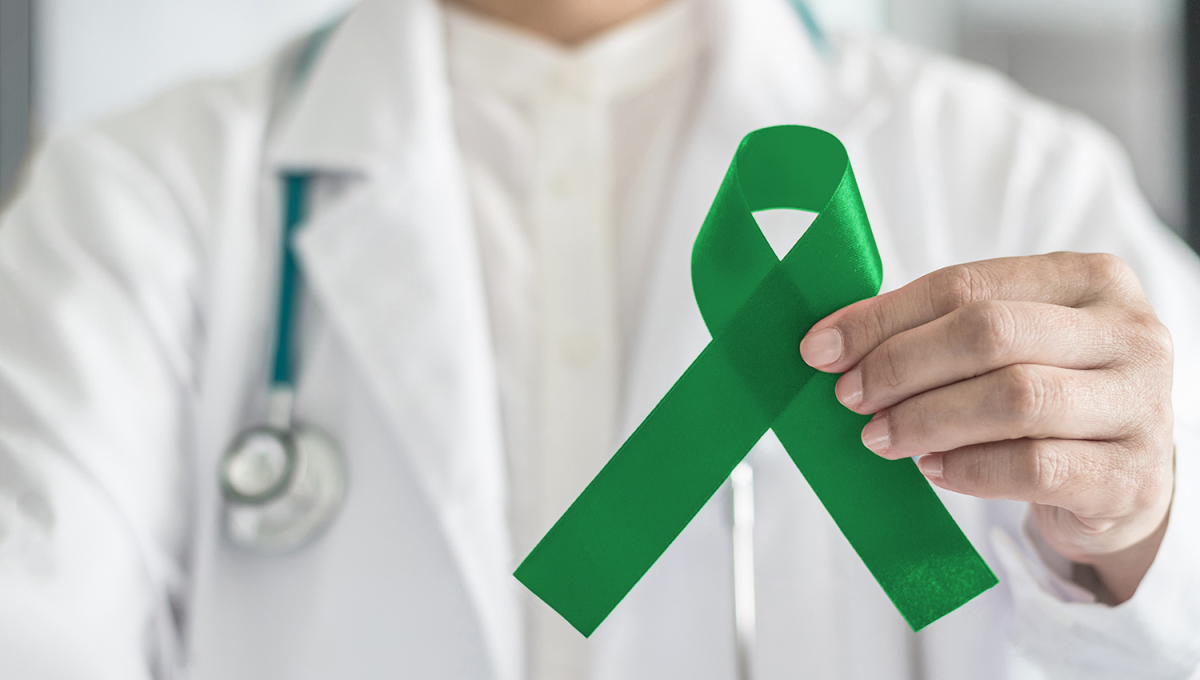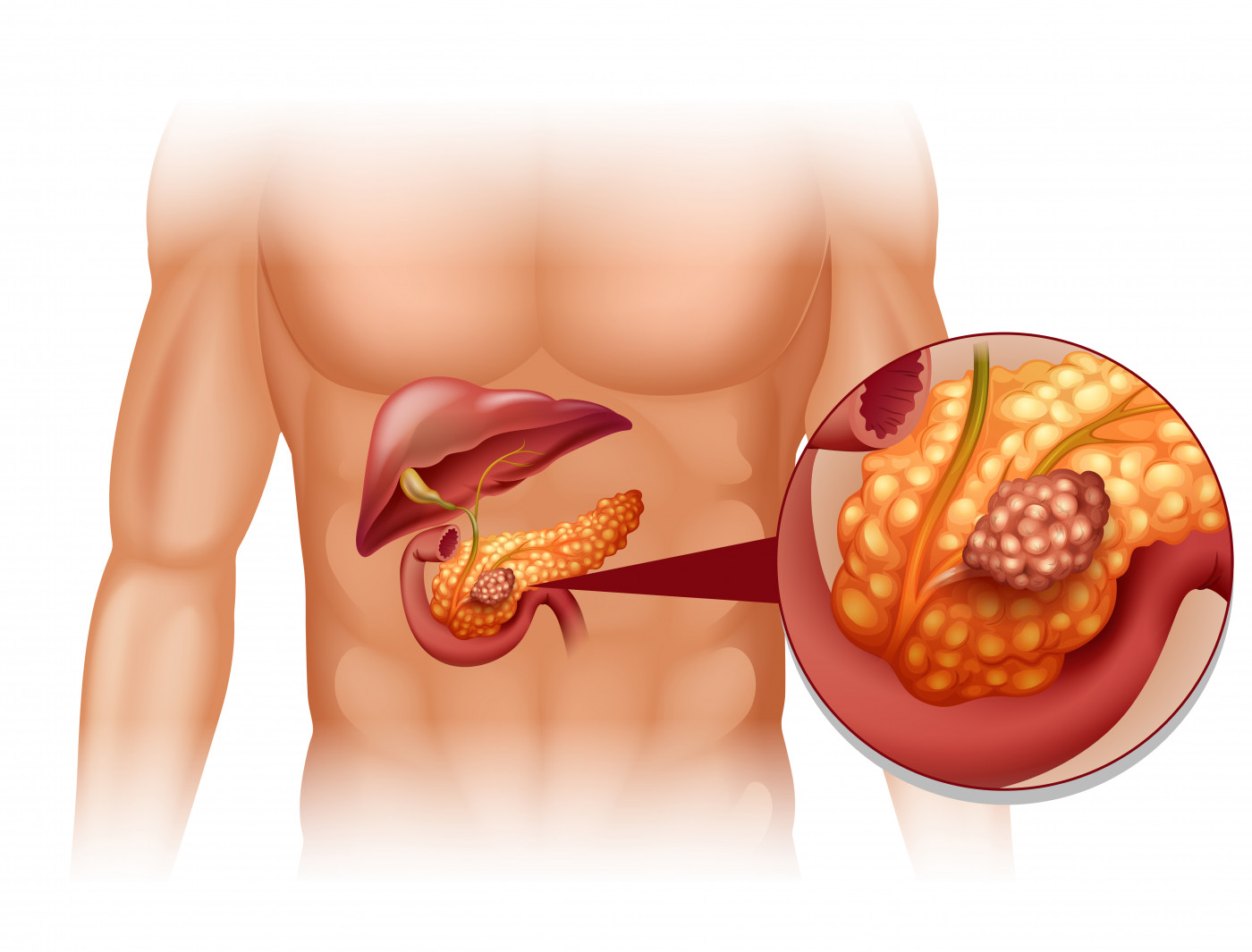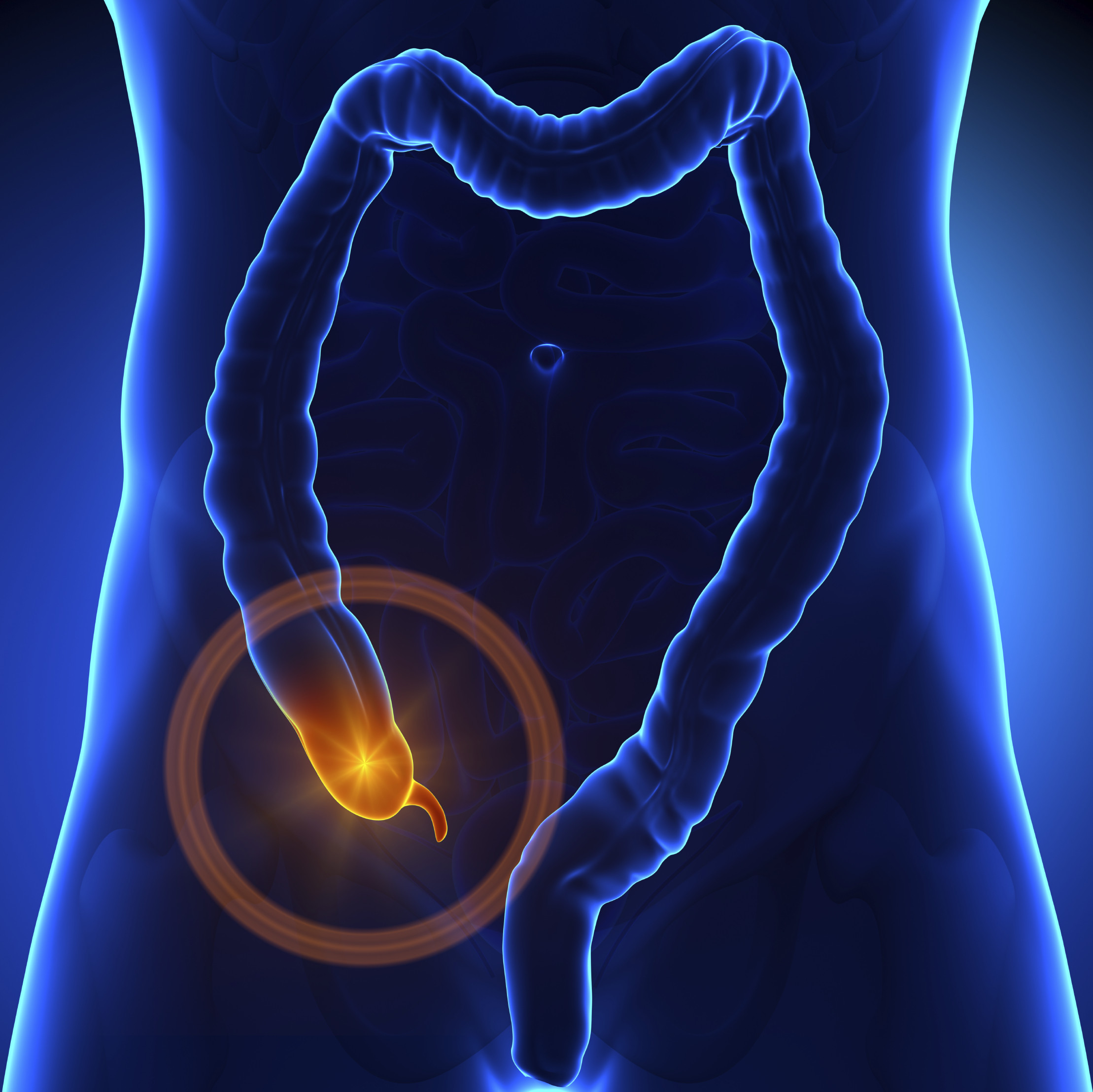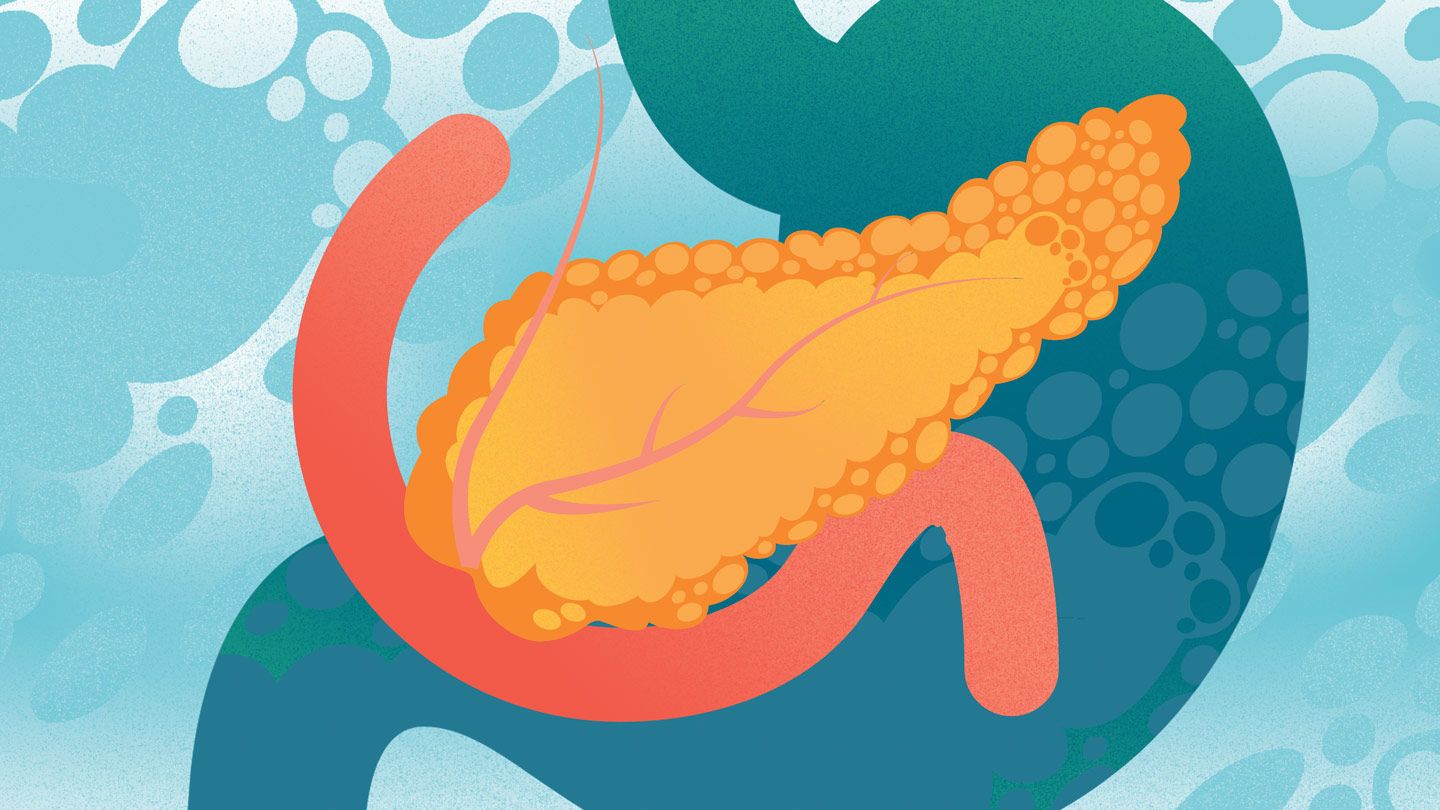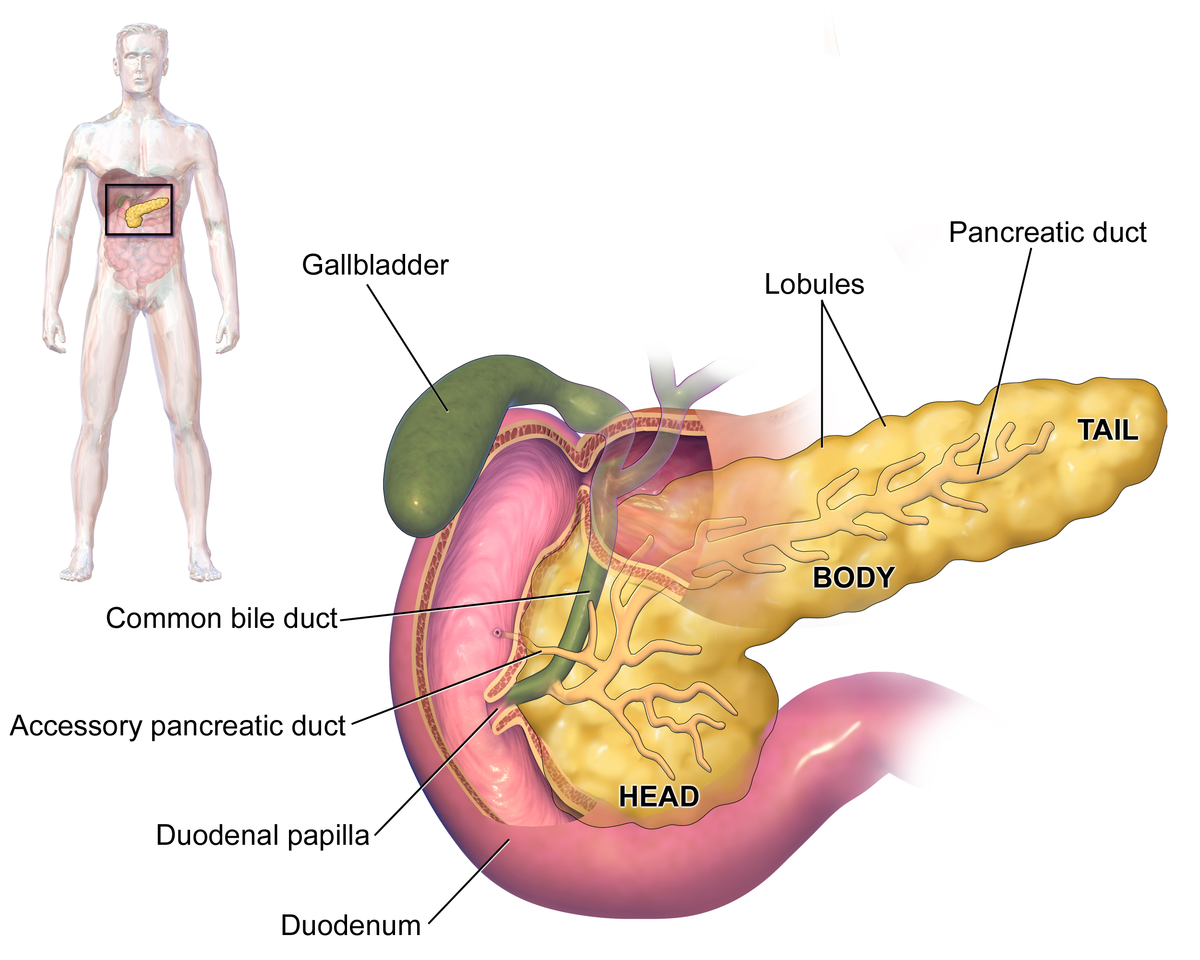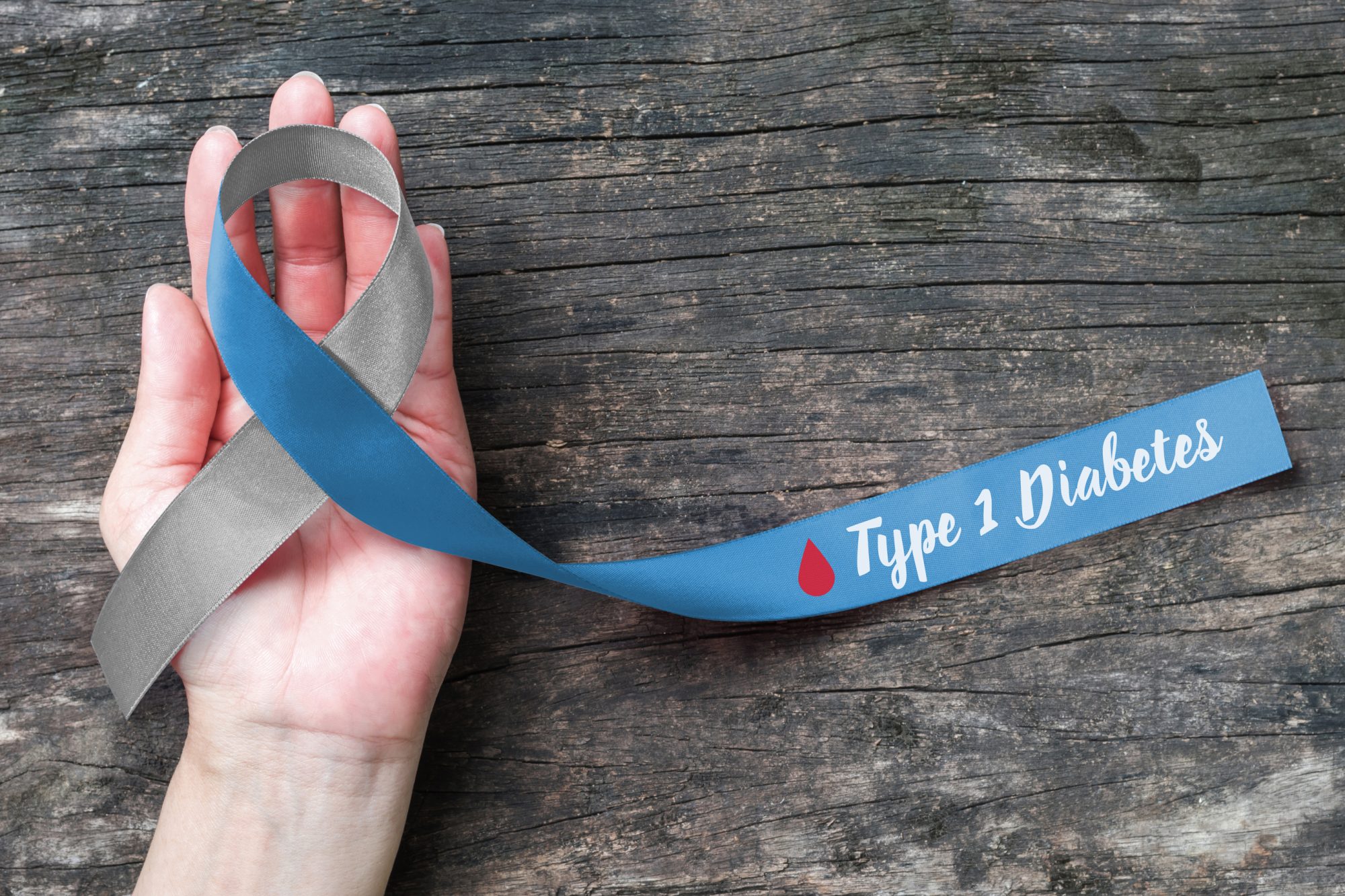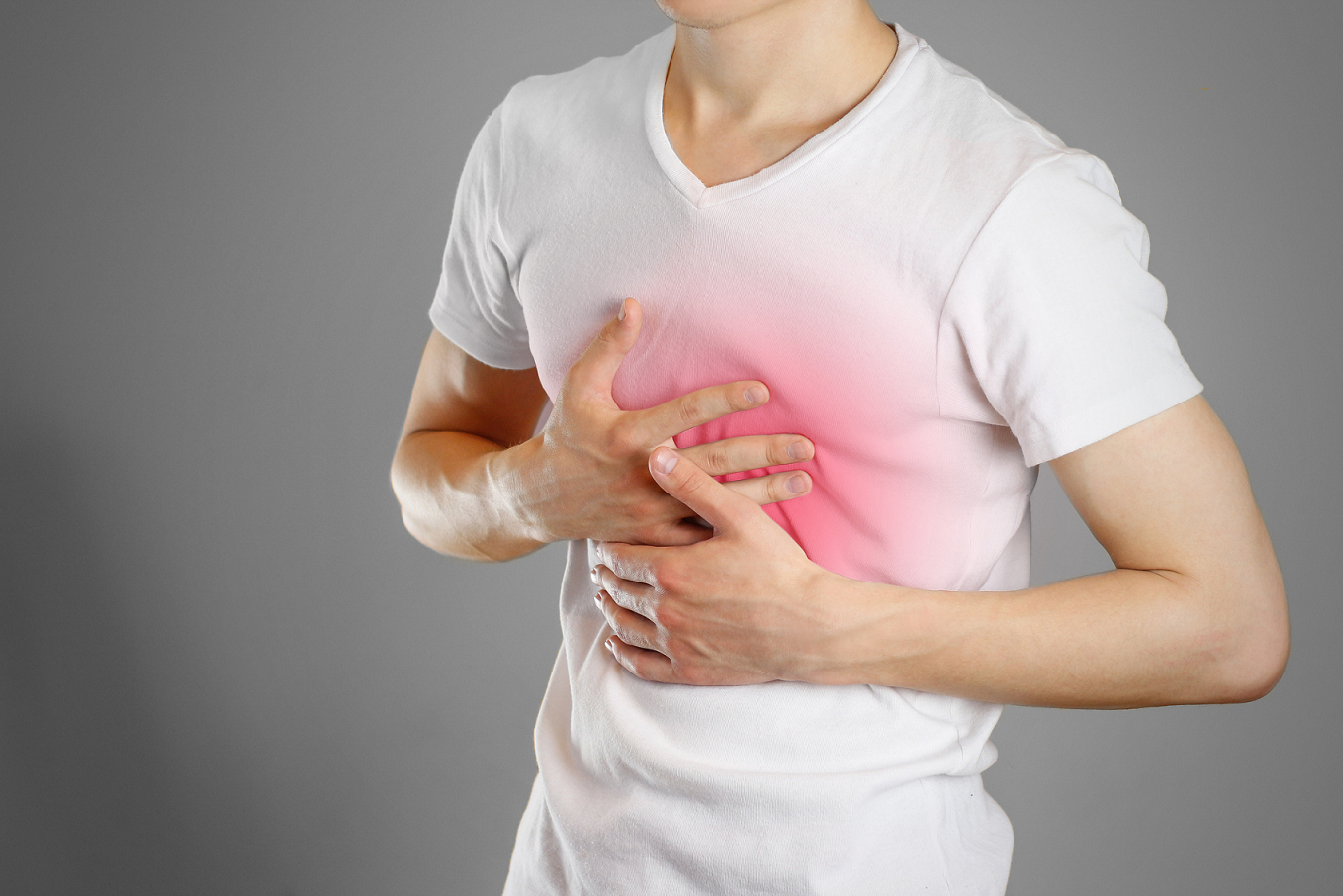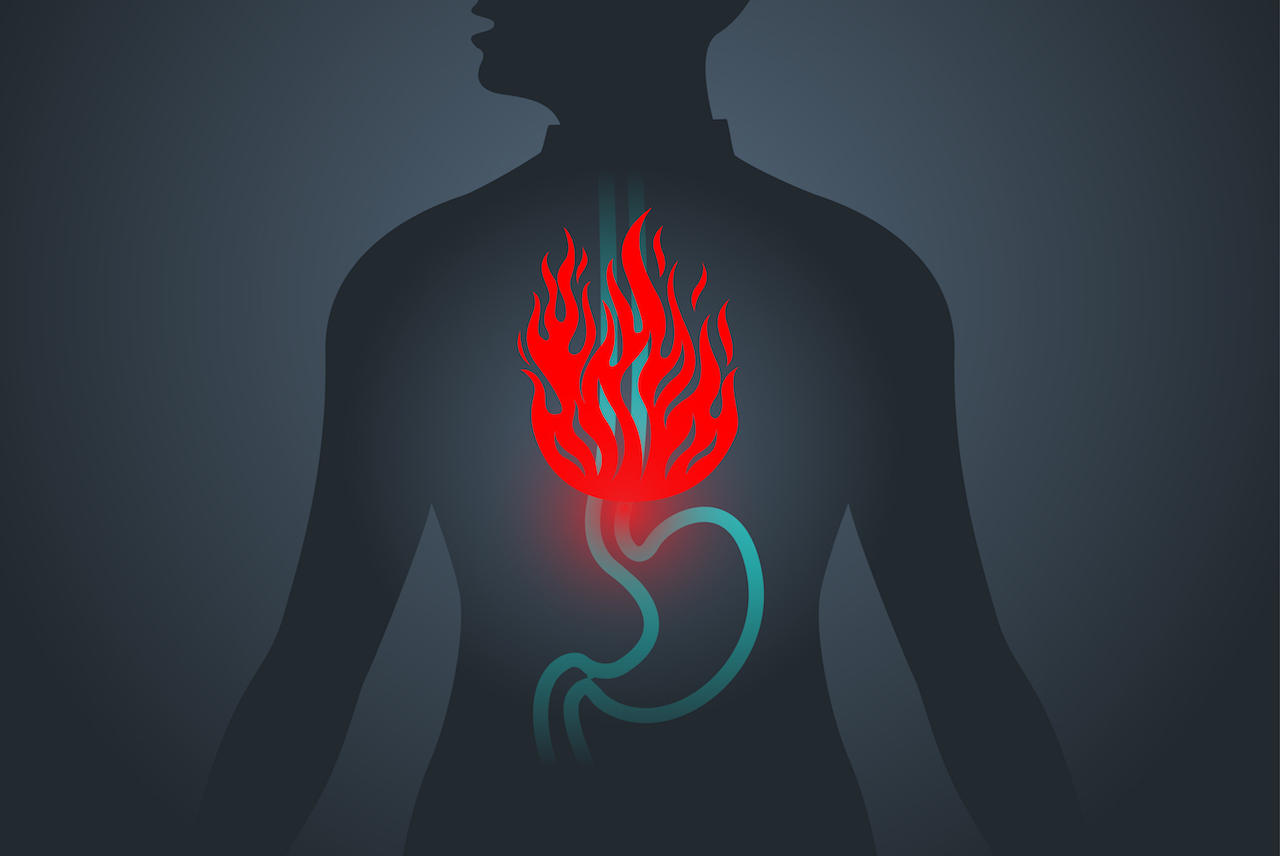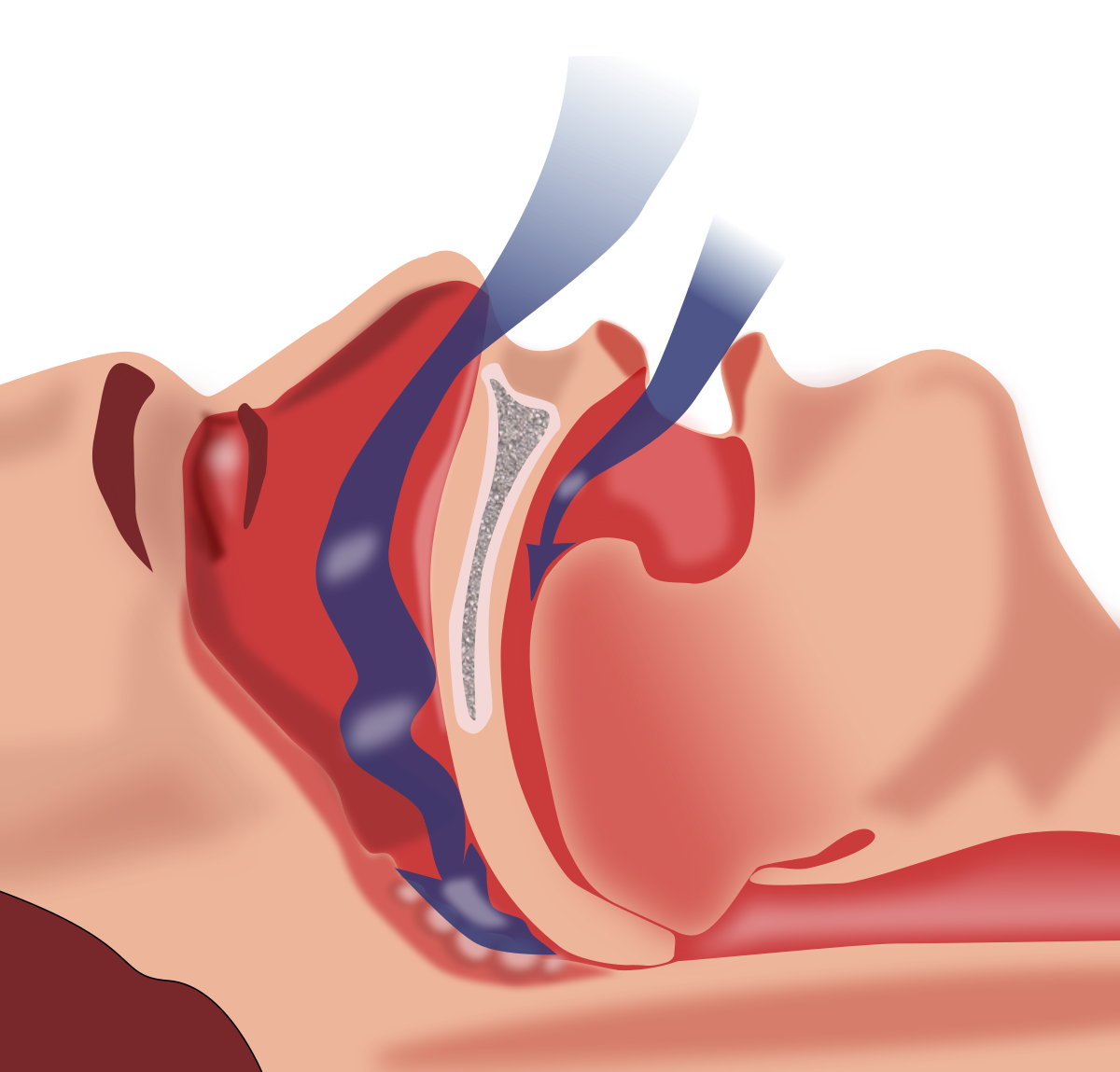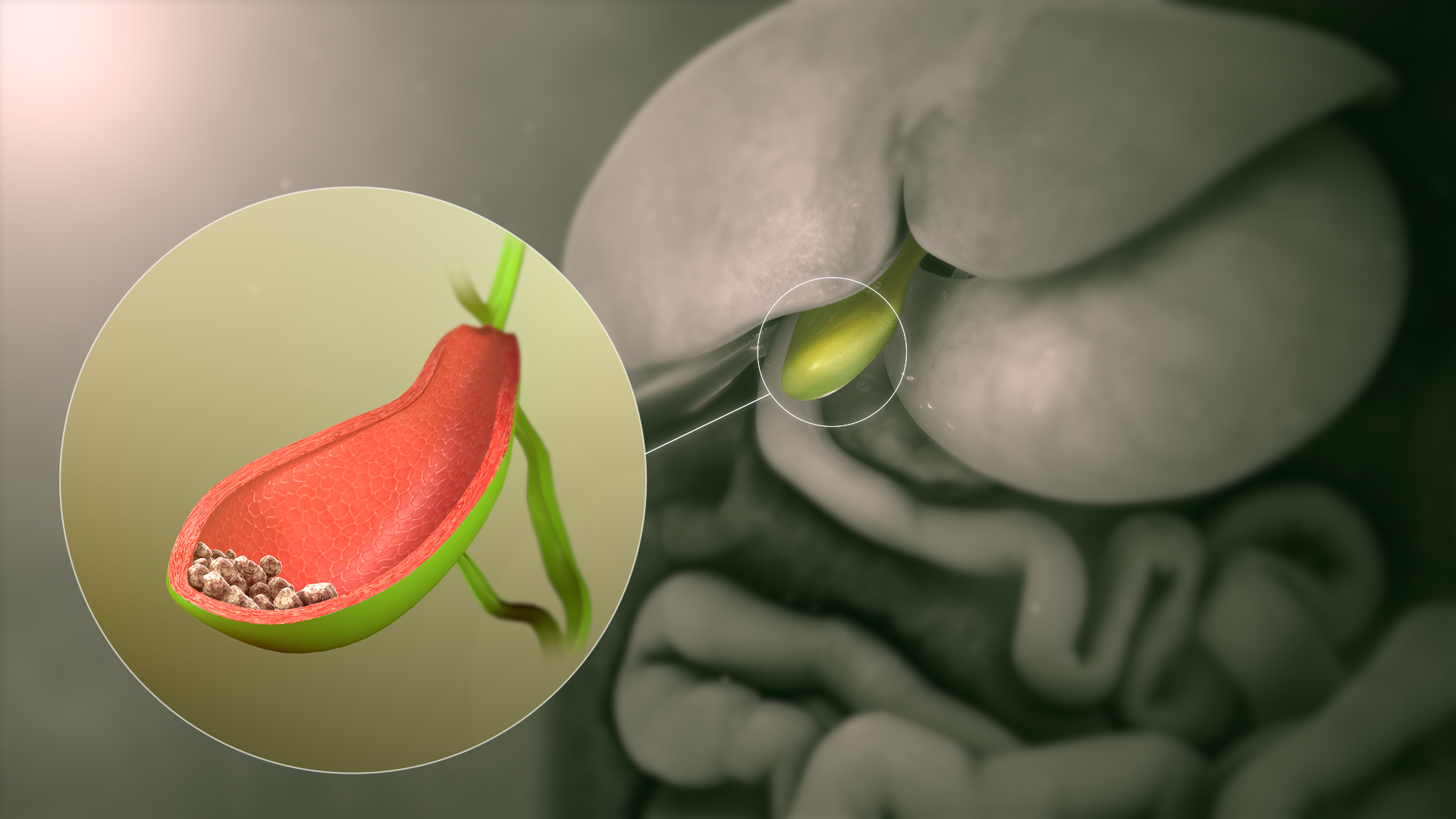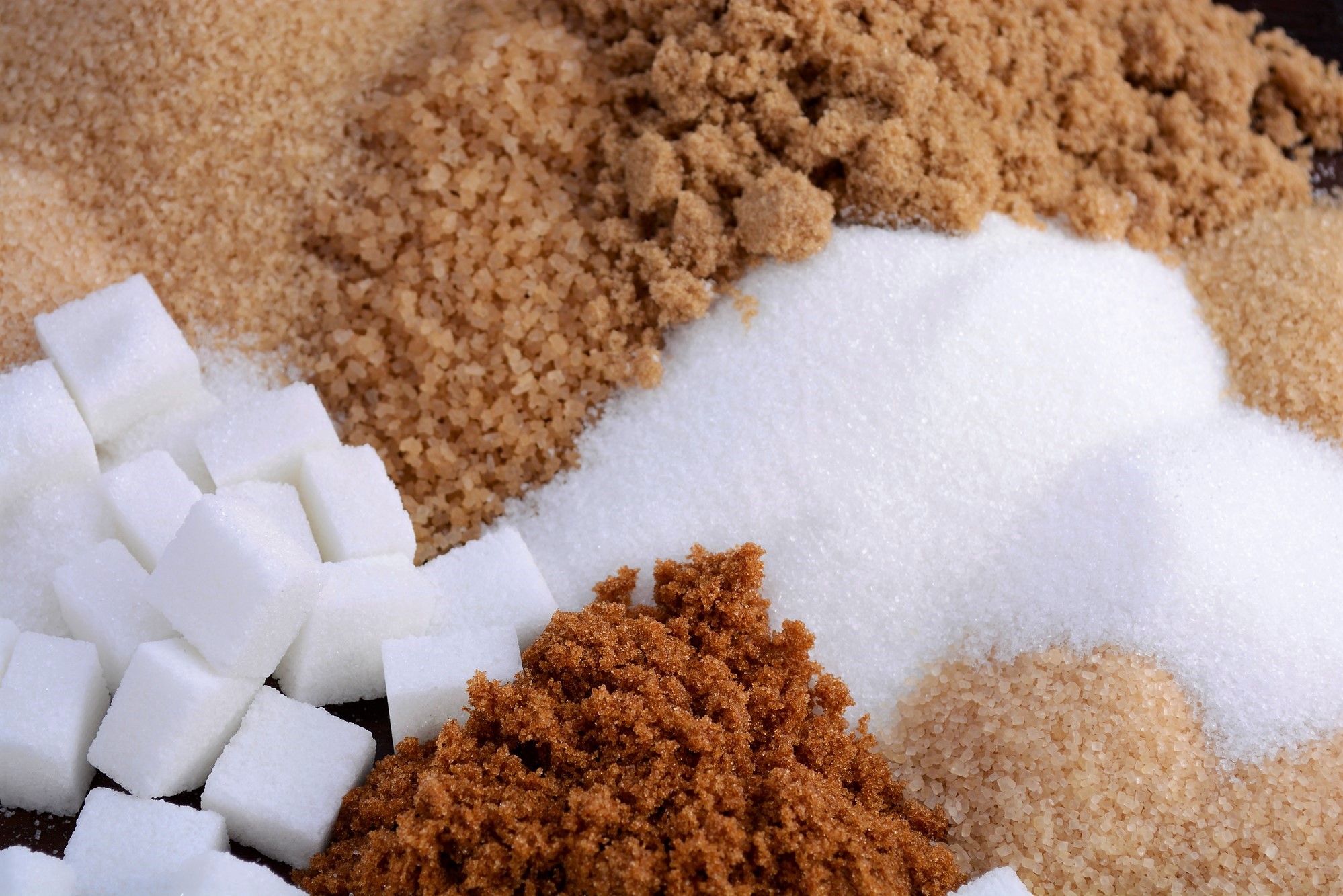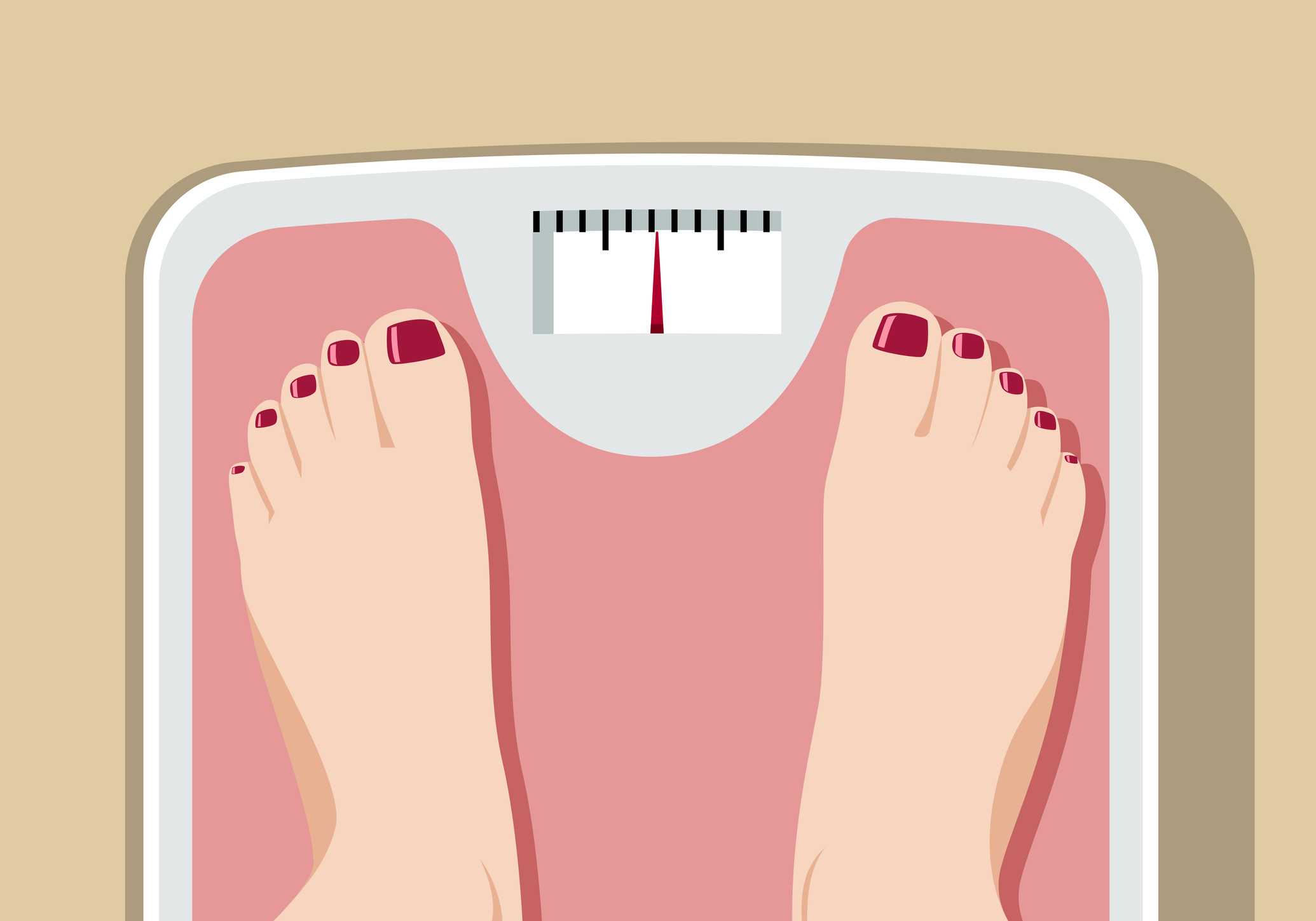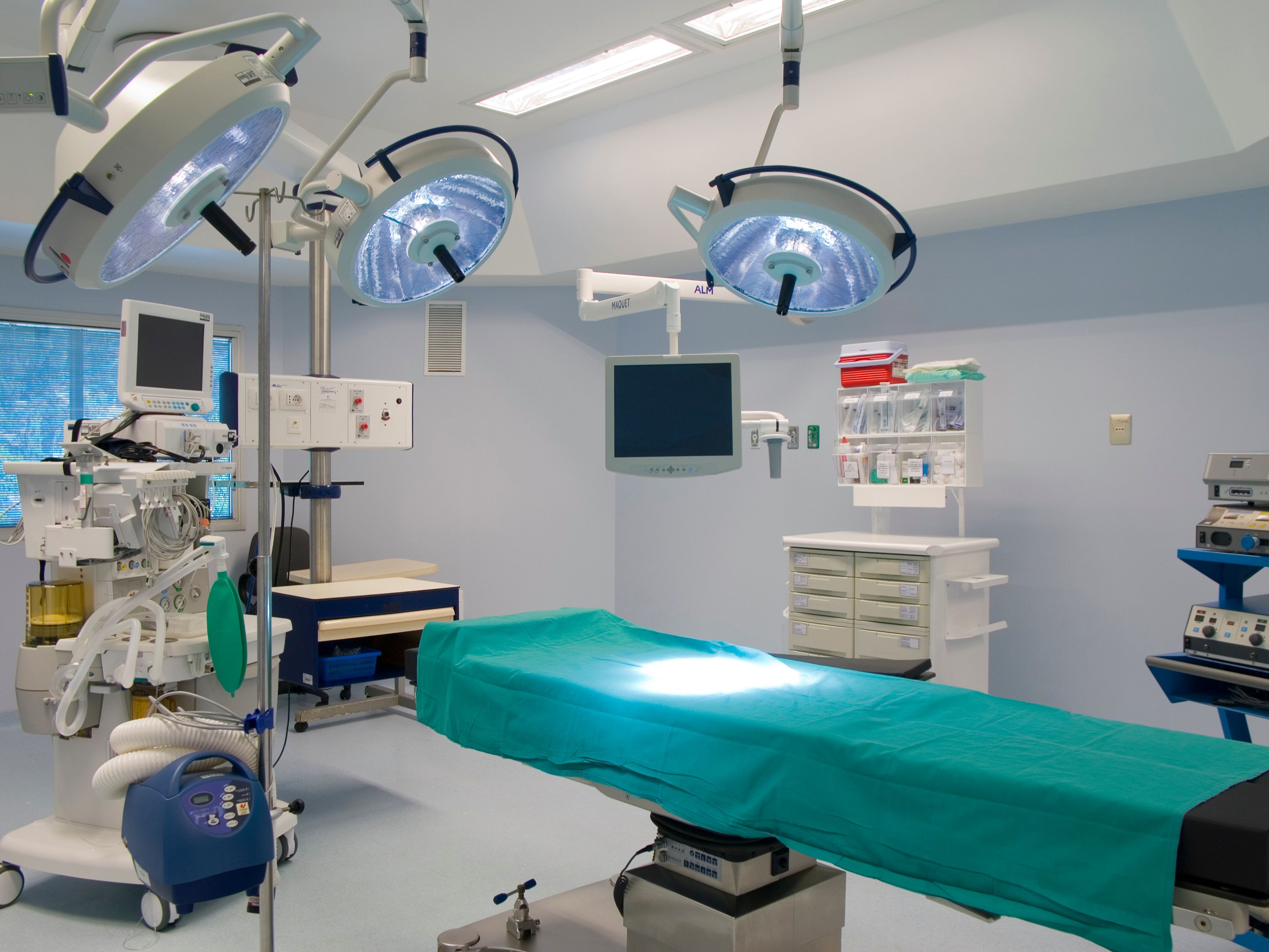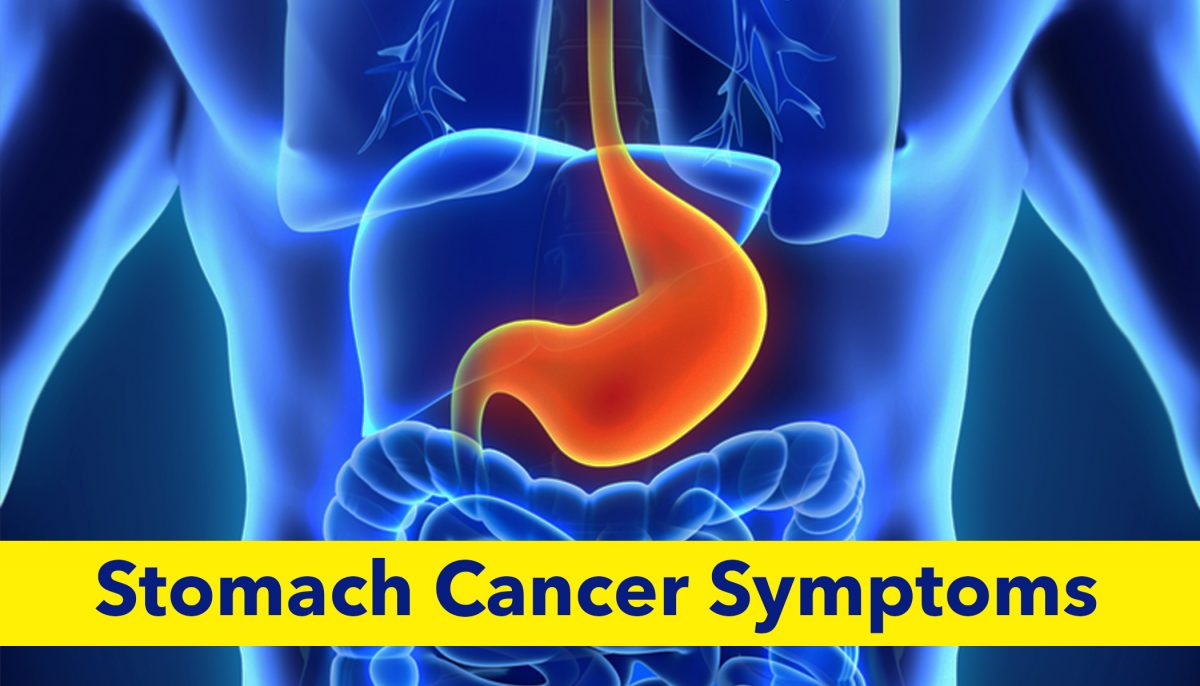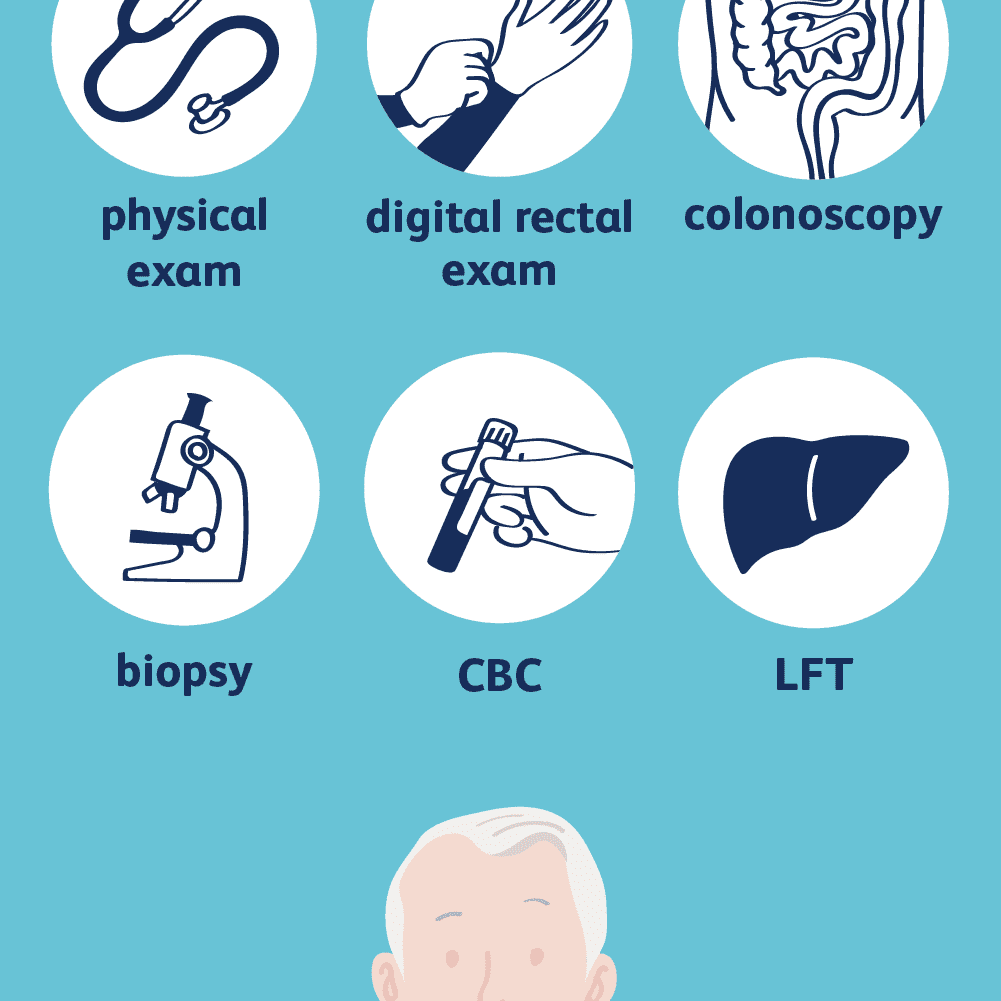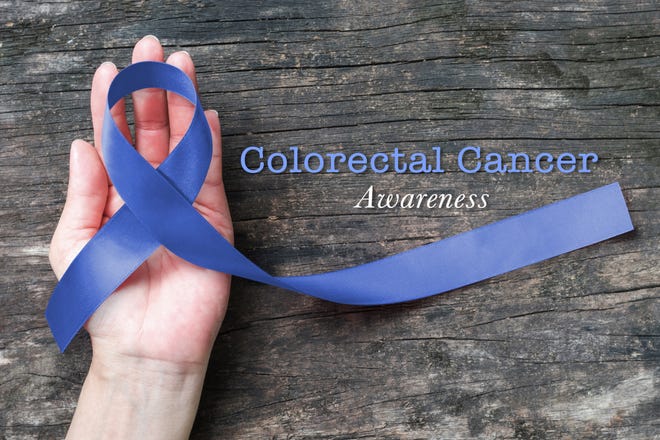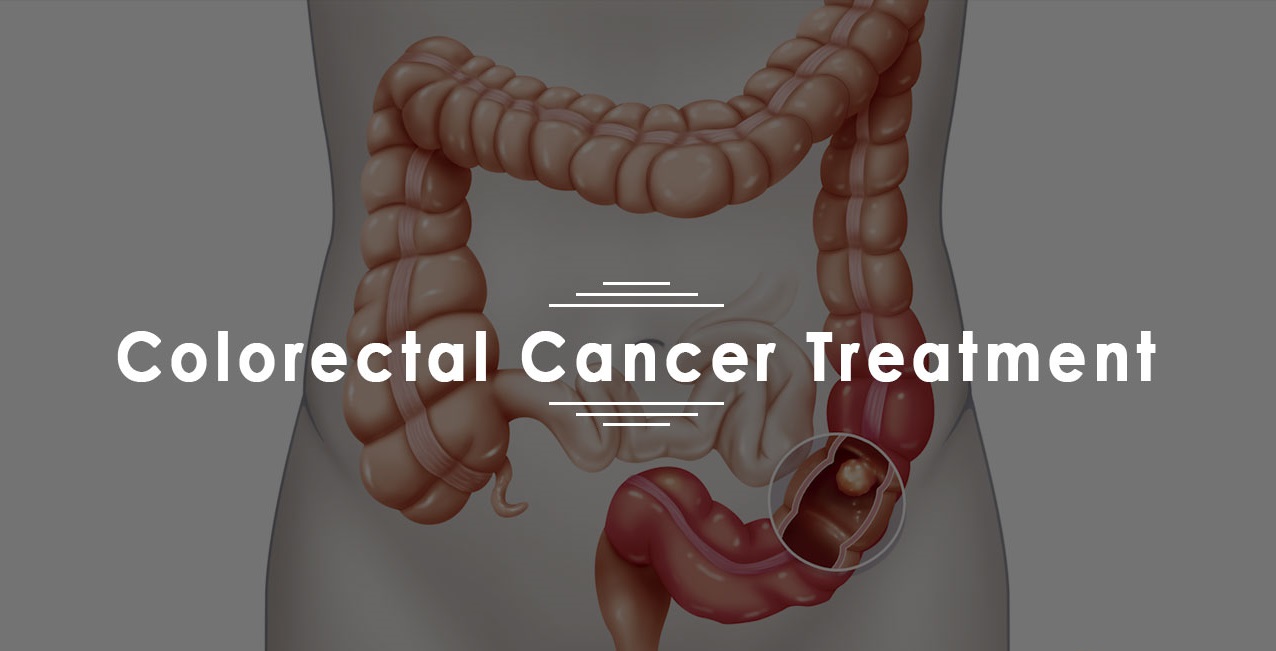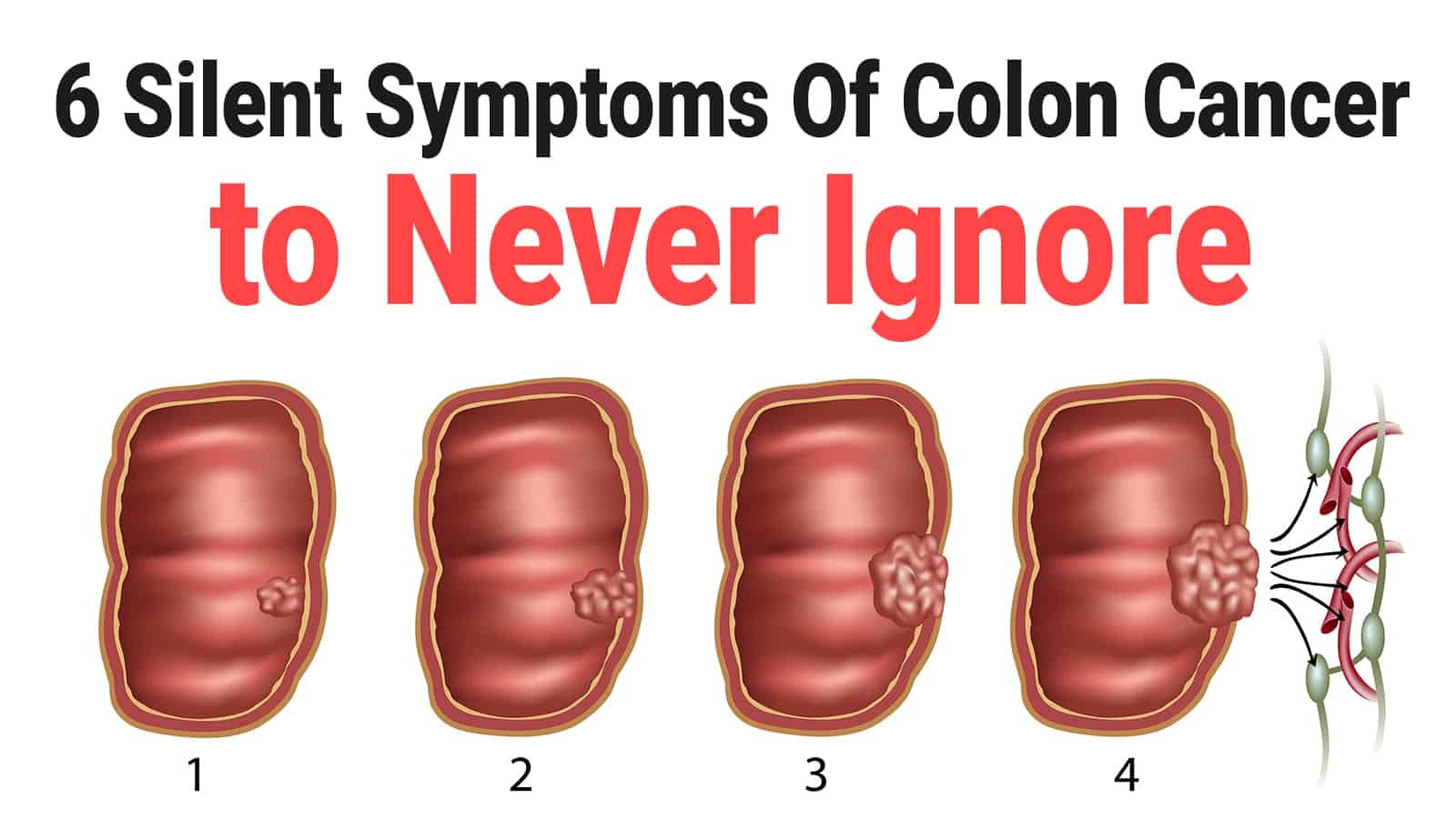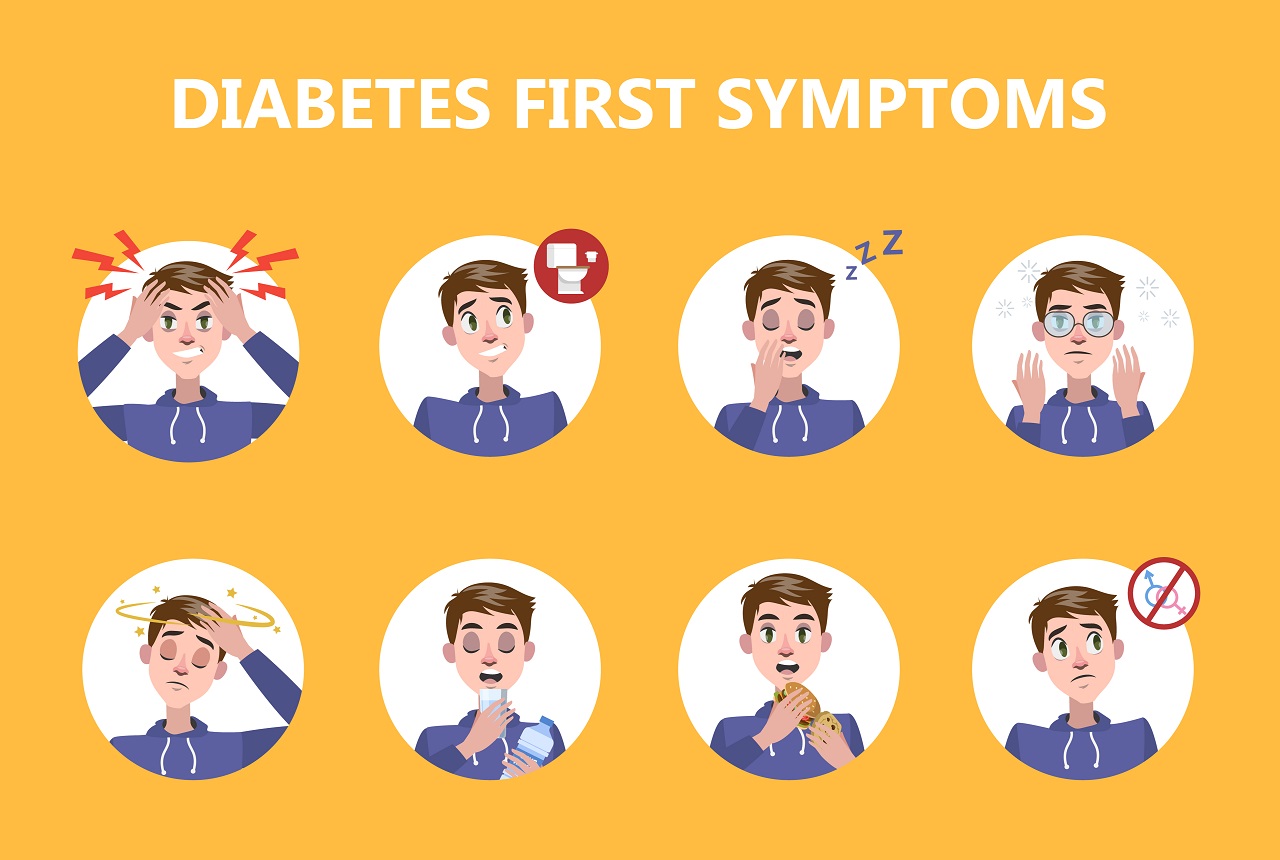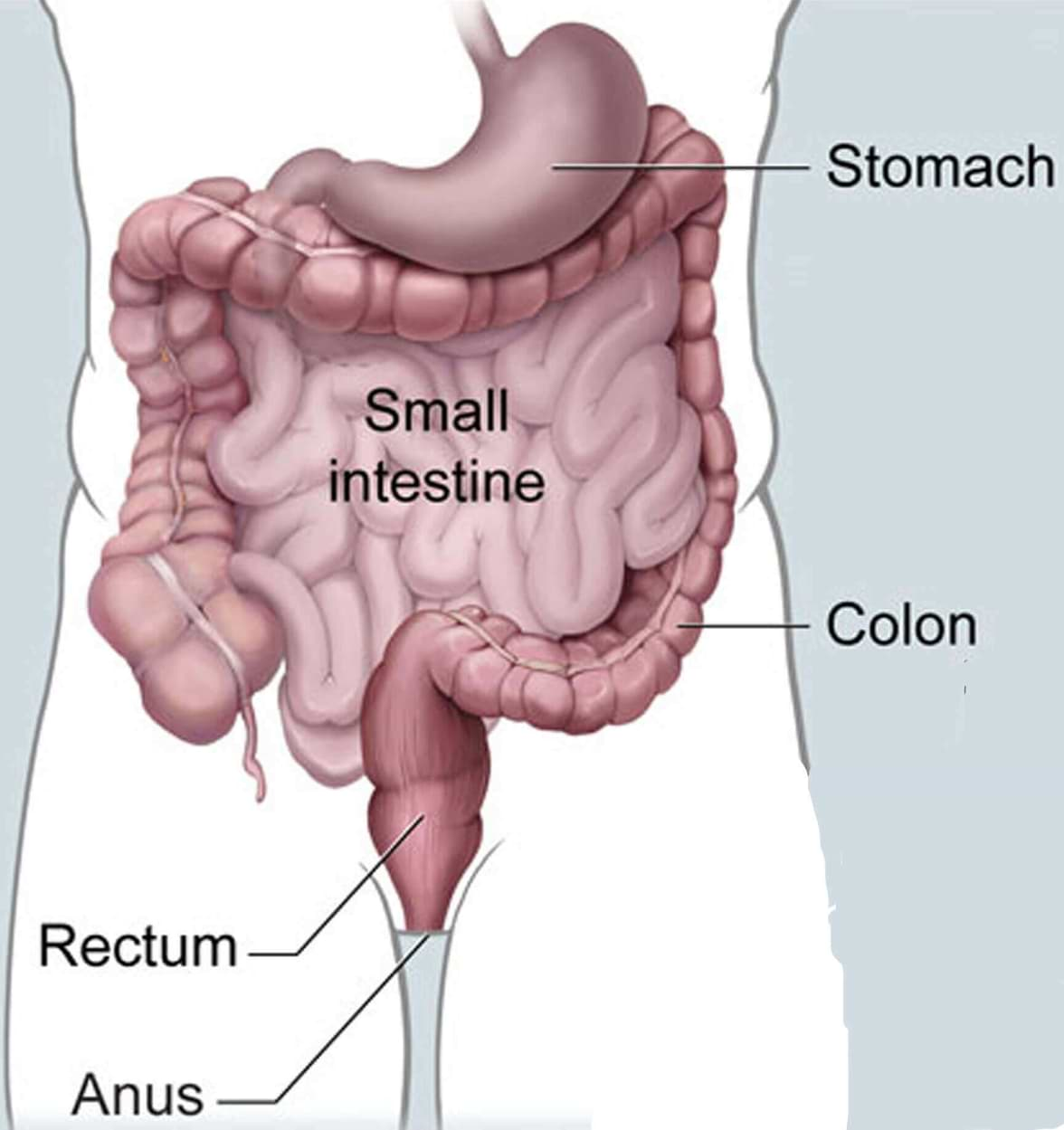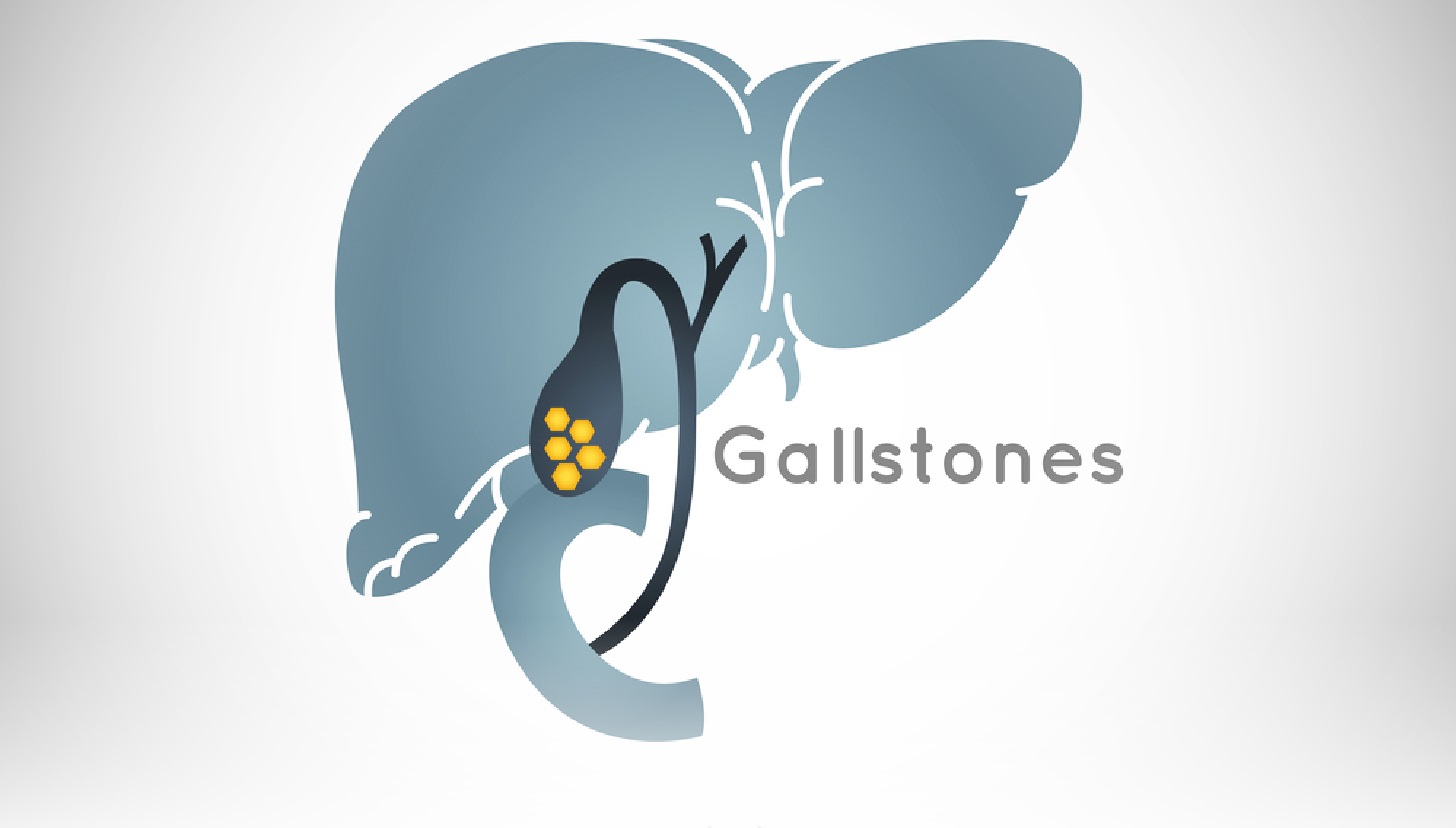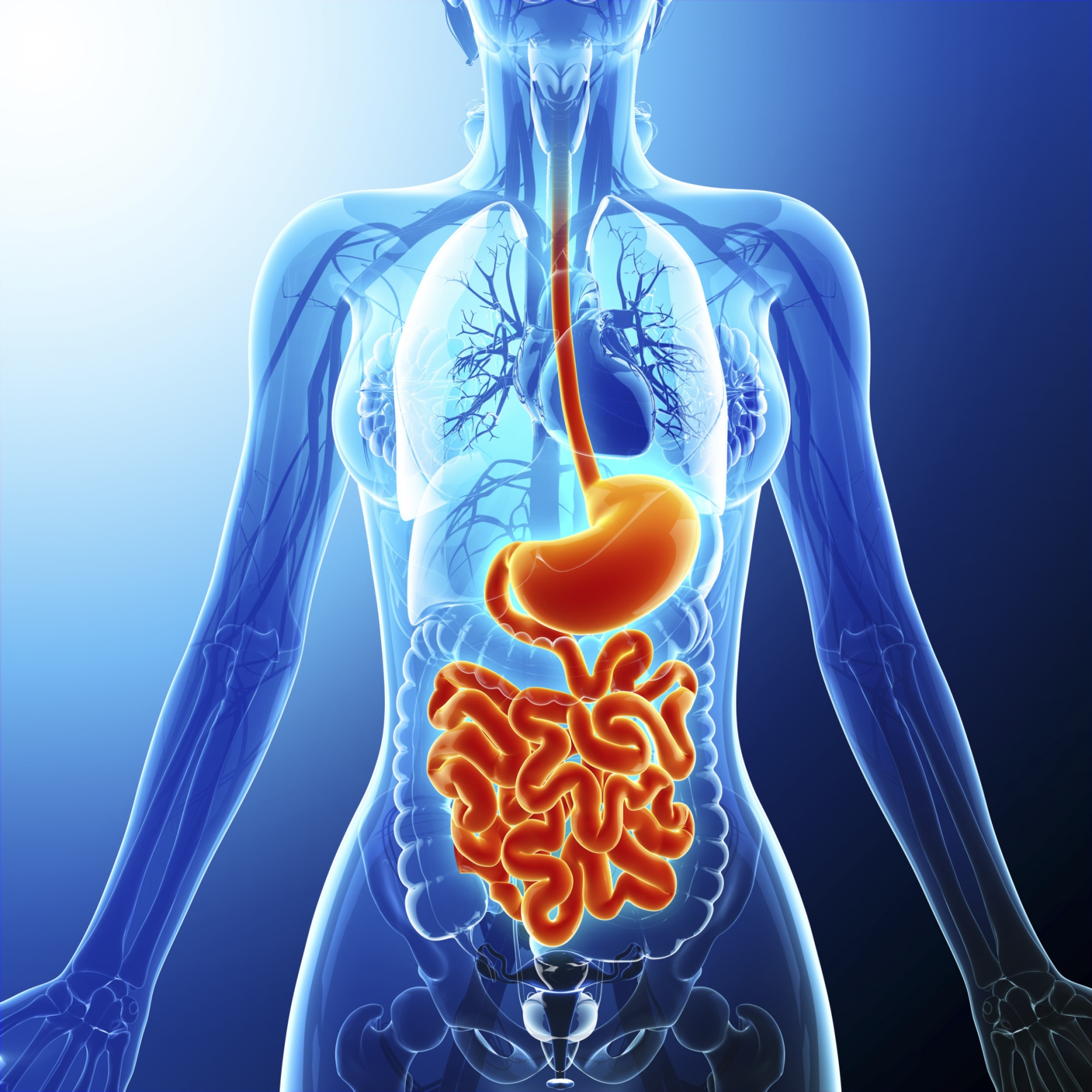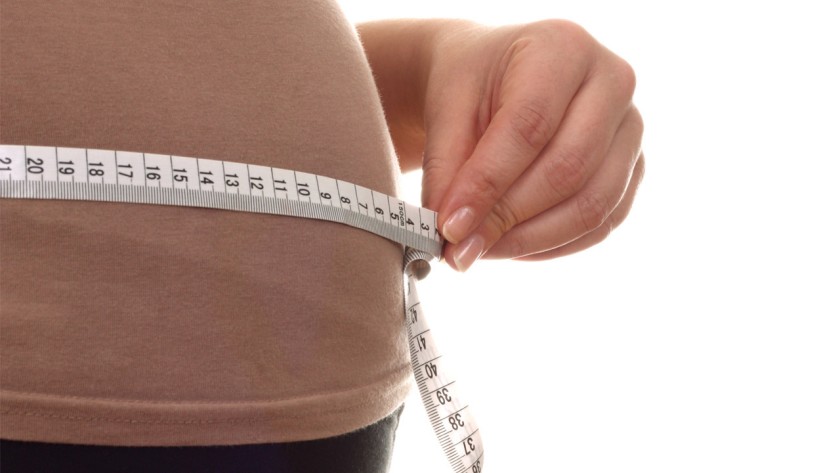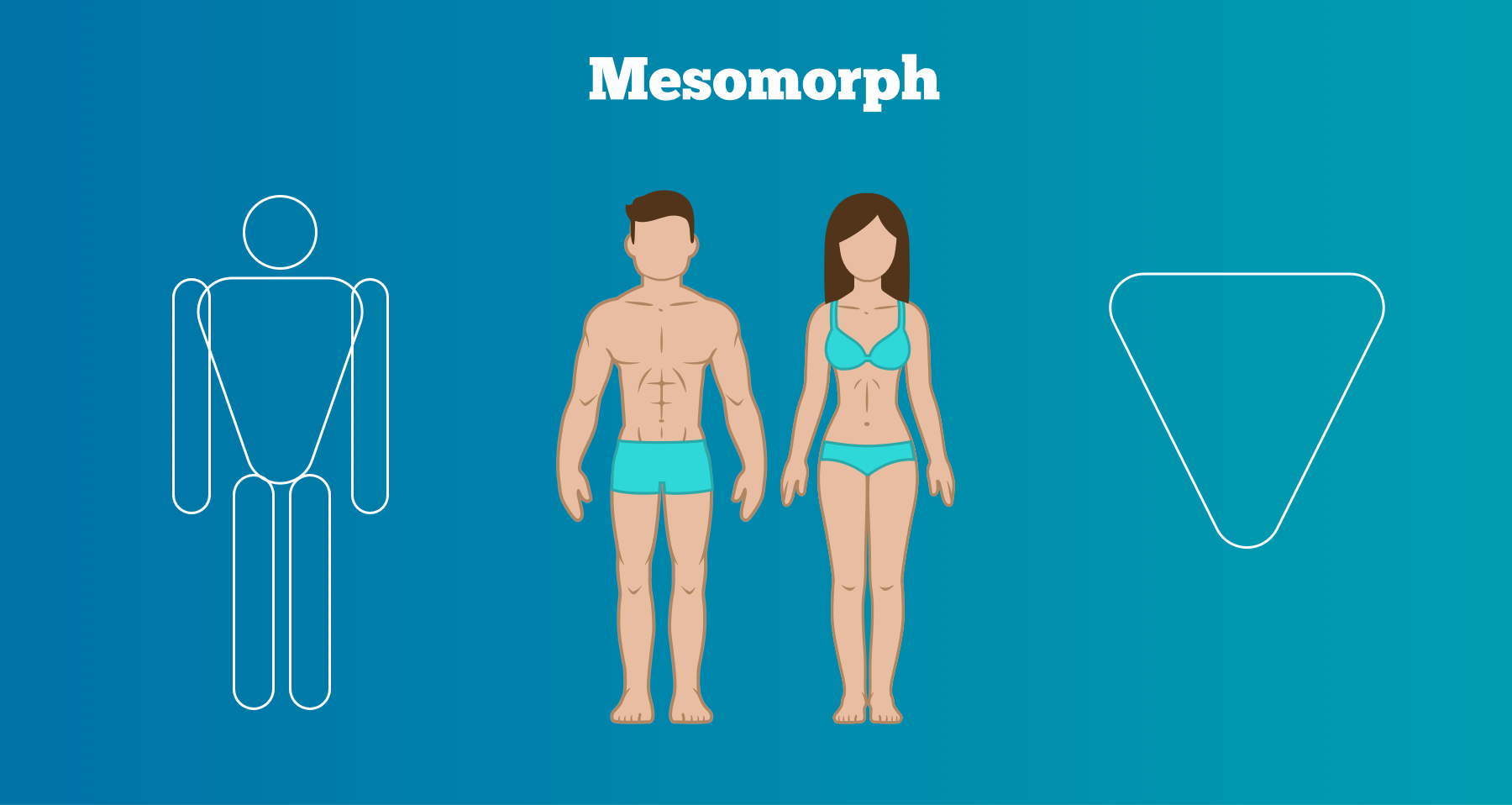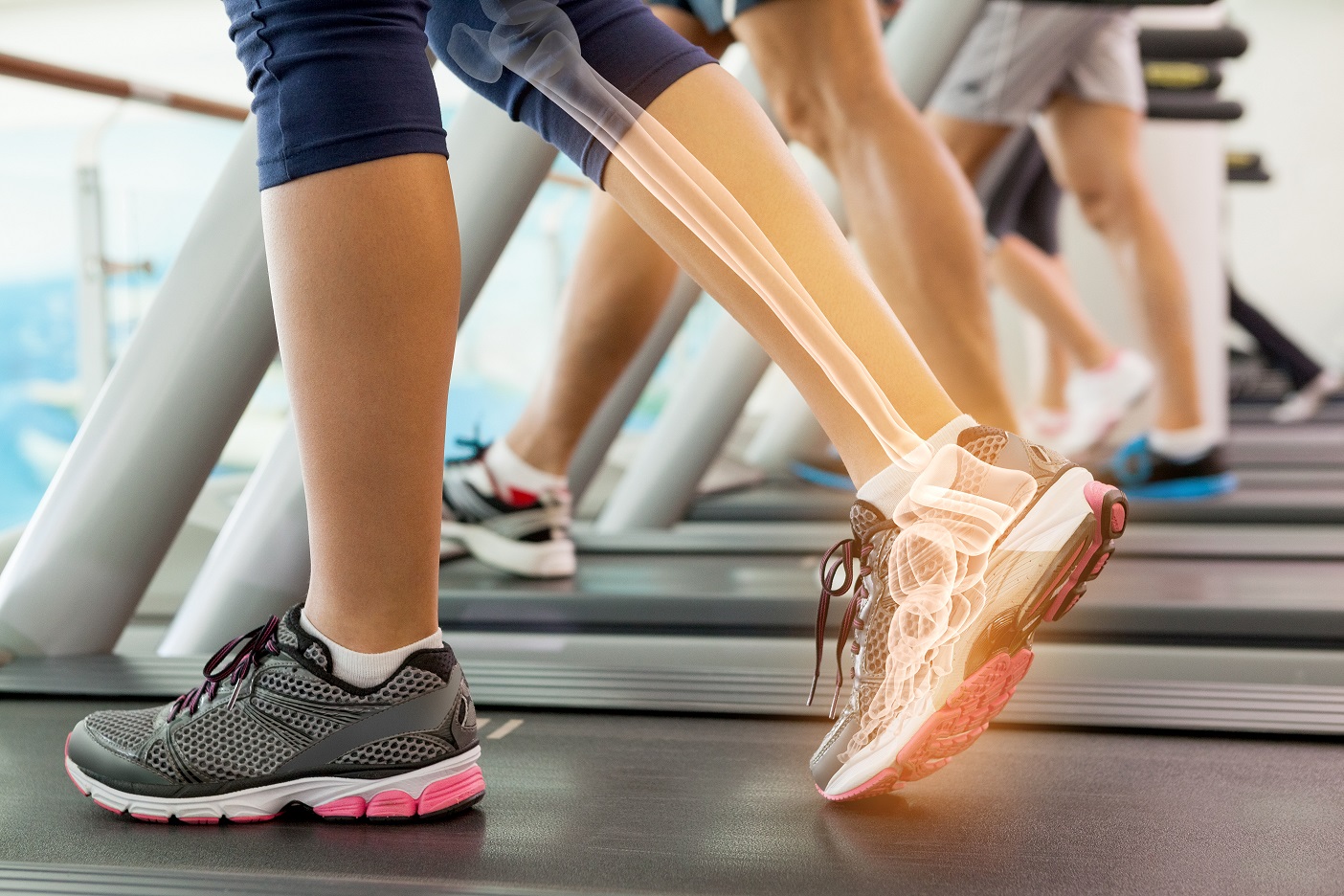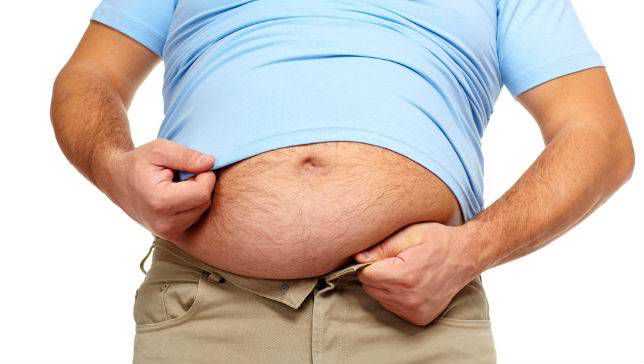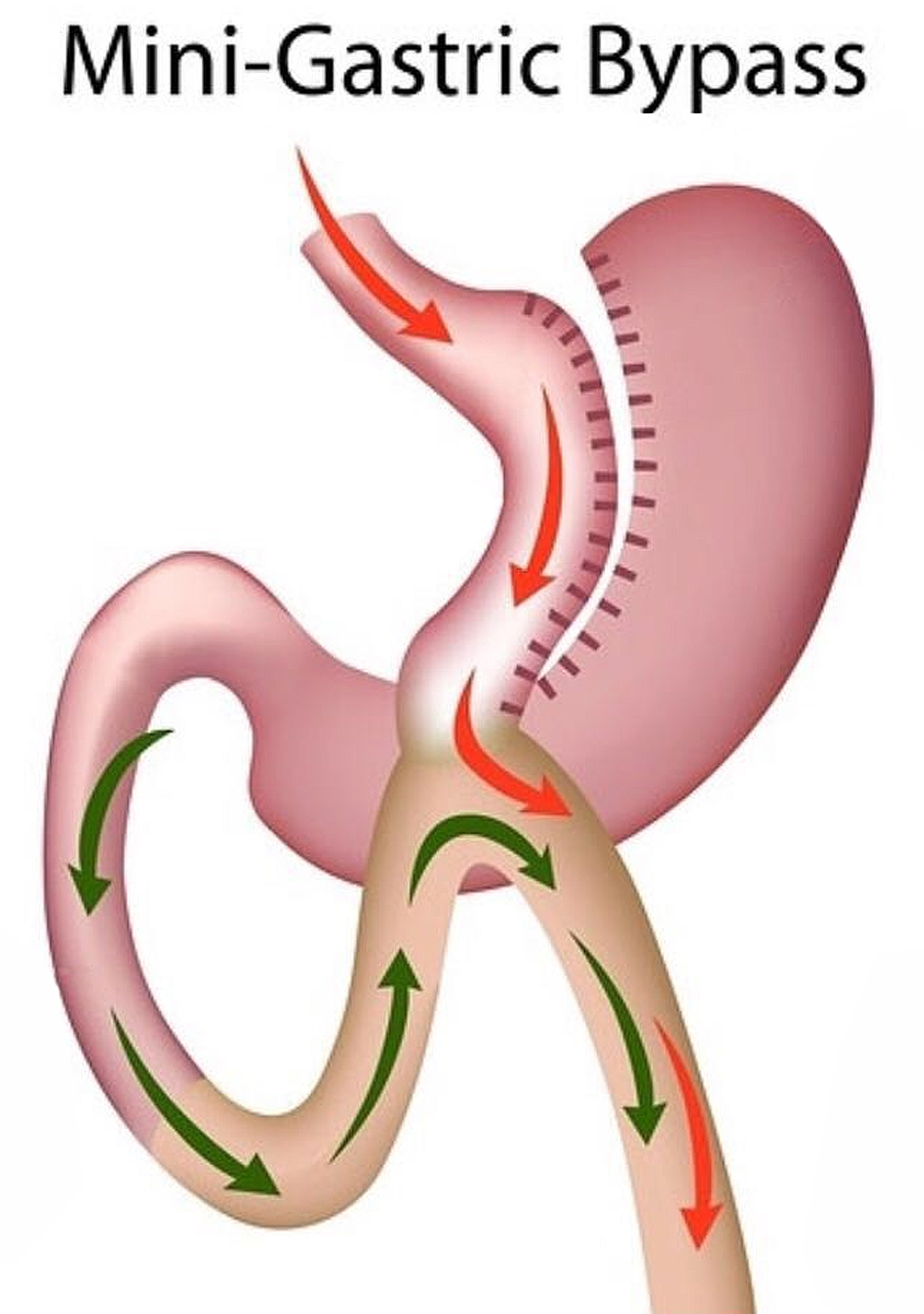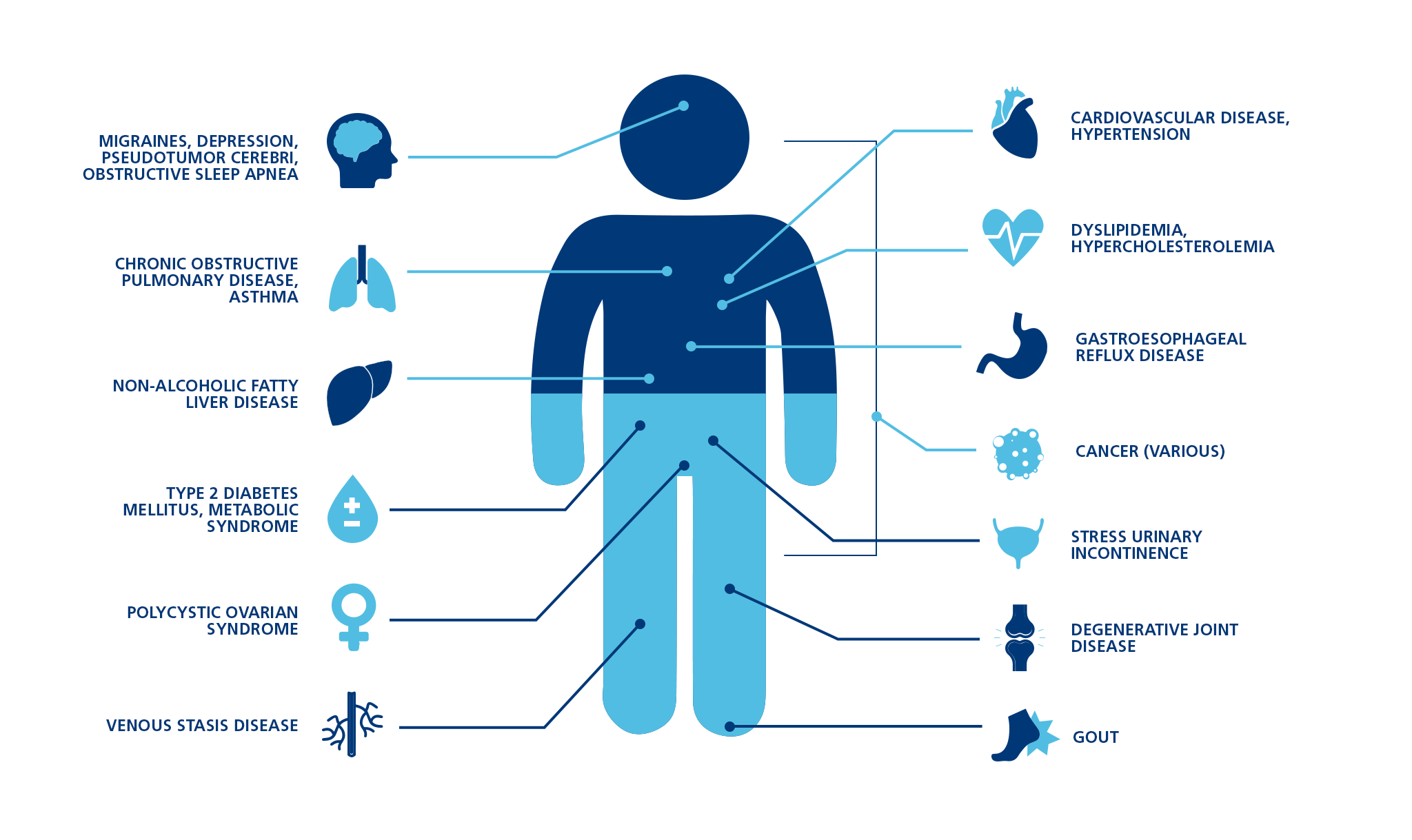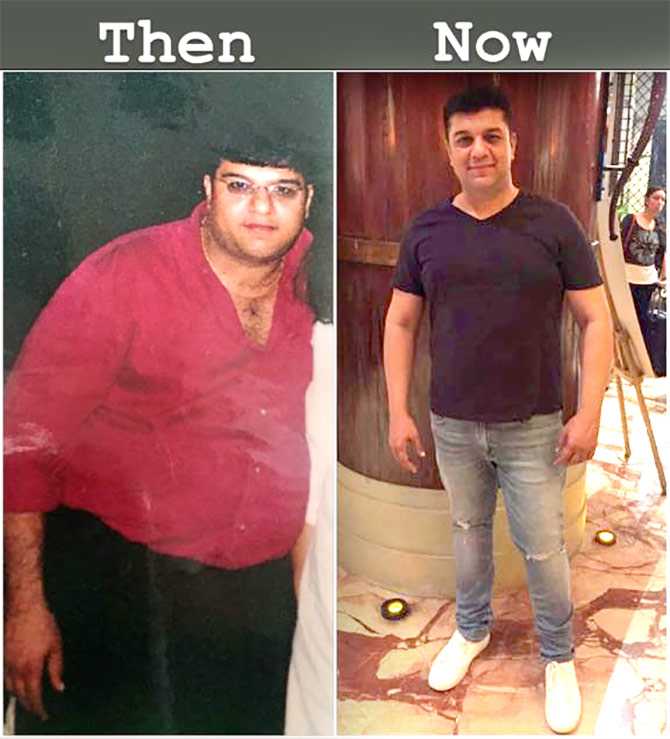Gallstones treatment
Gallstones Treatment- Laparoscopic Surgery
Learn about the laparoscopic approach for treatment of Gallstones.
Summary: 60 Second Read
- Surgery Overview- Laparoscopic gallbladder surgery (cholecystectomy) removes the gallbladder and gallstones through several small cuts (incisions) in the abdomen. The surgeon inflates your abdomen with air or carbon dioxide in order to see clearly.
- What To Expect After Surgery- You may have gallbladder surgery as an outpatient, or you may stay 1 or 2 days in the hospital.
- Why It Is Done- Laparoscopic gallbladder surgery is the best method of treating gallstones that cause symptoms, unless there is a reason that the surgery should not be done.
- How Well It Works- Laparoscopic gallbladder surgery is the best method of treating gallstones that cause symptoms, unless there is a reason that the surgery should not be done.
- Risks- The overall risk of laparoscopic gallbladder surgery is very low except for very few complications listed below.
- What To Think About- Recovery is much faster and less painful after laparoscopic surgery than after open surgery.
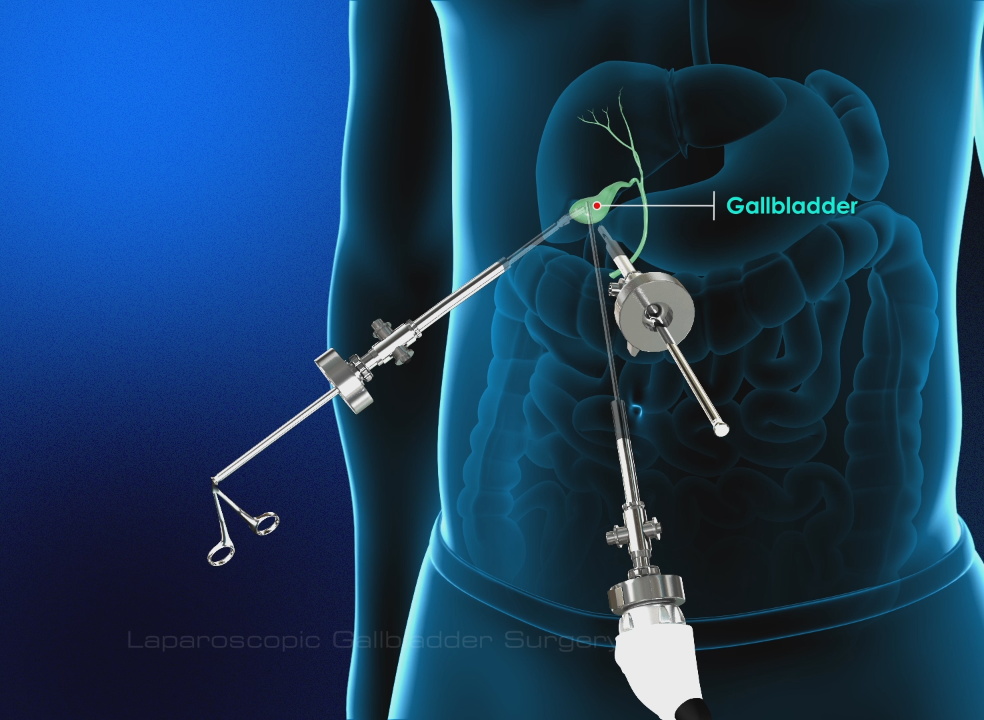
Laparoscopic gallbladder surgery (cholecystectomy) removes the gallbladder and gallstones through several small cuts (incisions) in the abdomen. The surgeon inflates your abdomen with air or carbon dioxide in order to see clearly.
The surgeon inserts a lighted scope attached to a video camera (laparoscope) into one incision near the belly button. The surgeon then uses a video monitor as a guide while inserting surgical instruments into the other incisions to remove your gallbladder.
Before the surgeon removes the gallbladder, you may have a special X-ray procedure called intraoperative cholangiography, which shows the anatomy of the bile ducts.
You will need general anesthesia for this surgery, which usually lasts 2 hours or less.
After surgery, bile flows from the liver (where it is made) through the common bile duct and into the small intestine. Because the gallbladder has been removed, the body can no longer store bile between meals. In most people, this has little or no effect on digestion.
In rare cases, the surgeon needs to switch to an open surgical method that requires a larger incision. Examples of problems that can require open rather than laparoscopic surgery include unexpected inflammation, scar tissue, injury, and bleeding.
What To Expect After Surgery
You may have gallbladder surgery as an outpatient, or you may stay 1 or 2 days in the hospital.
Most people can return to their normal activities in 7 to 10 days. People who have laparoscopic gallbladder surgery are sore for about a week. But in 2 to 3 weeks they have much less discomfort than people who have open surgery. No special diets or other precautions are needed after surgery.
Why It Is Done
Laparoscopic gallbladder surgery is the best method of treating gallstones that cause symptoms, unless there is a reason that the surgery should not be done.
Laparoscopic surgery is used most commonly when no factors are present that may complicate the surgery.
How Well It Works
Laparoscopic gallbladder surgery is safe and effective. Surgery gets rid of gallstones located in the gallbladder. It does not remove stones in the common bile duct. Gallstones can form in the common bile duct years after the gallbladder is removed, although this is rare.
Risks
The overall risk of laparoscopic gallbladder surgery is very low. The most serious possible complications include:
- Infection of an incision.
- Internal bleeding.
- Injury to the common bile duct.
- Injury to the small intestine by one of the instruments used during surgery.
- Risks of general anesthesia.
Other uncommon complications may include:
- Gallstones that remain in the abdominal cavity.
- Bile that leaks into the abdominal cavity.
- Injury to abdominal blood vessels, such as the major blood vessel carrying blood from the heart to the liver (hepatic artery). This is rare.
- A gallstone being pushed into the common bile duct.
- The liver being cut.
More surgery may be needed to repair these complications.
After gallbladder surgery, some people have ongoing abdominal symptoms, such as pain, bloating, gas, and diarrhea (postcholecystectomy syndrome).
What To Think About
Recovery is much faster and less painful after laparoscopic surgery than after open surgery.
- The hospital stay after laparoscopic surgery is shorter than after open surgery. People generally go home the same day or the next day, compared with 2 to 4 days or longer for open surgery.
- Recovery is faster after laparoscopic surgery.
- You will spend less time away from work and other activities after laparoscopic surgery (about 7 to 10 days compared with 4 to 6 weeks).
Reference
- https://my.clevelandclinic.org/health/treatments/7017-laparoscopic-cholecystectomy-gallbladder-removal
- https://www.uofmhealth.org/health-library/hw106860
- https://www.mayoclinic.org/tests-procedures/cholecystectomy/about/pac-20384818
- https://surgery.ucsf.edu/conditions--procedures/gallstones.aspx

